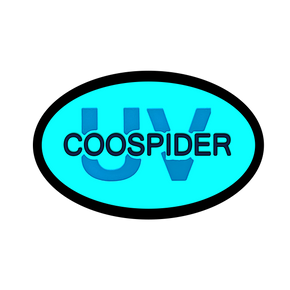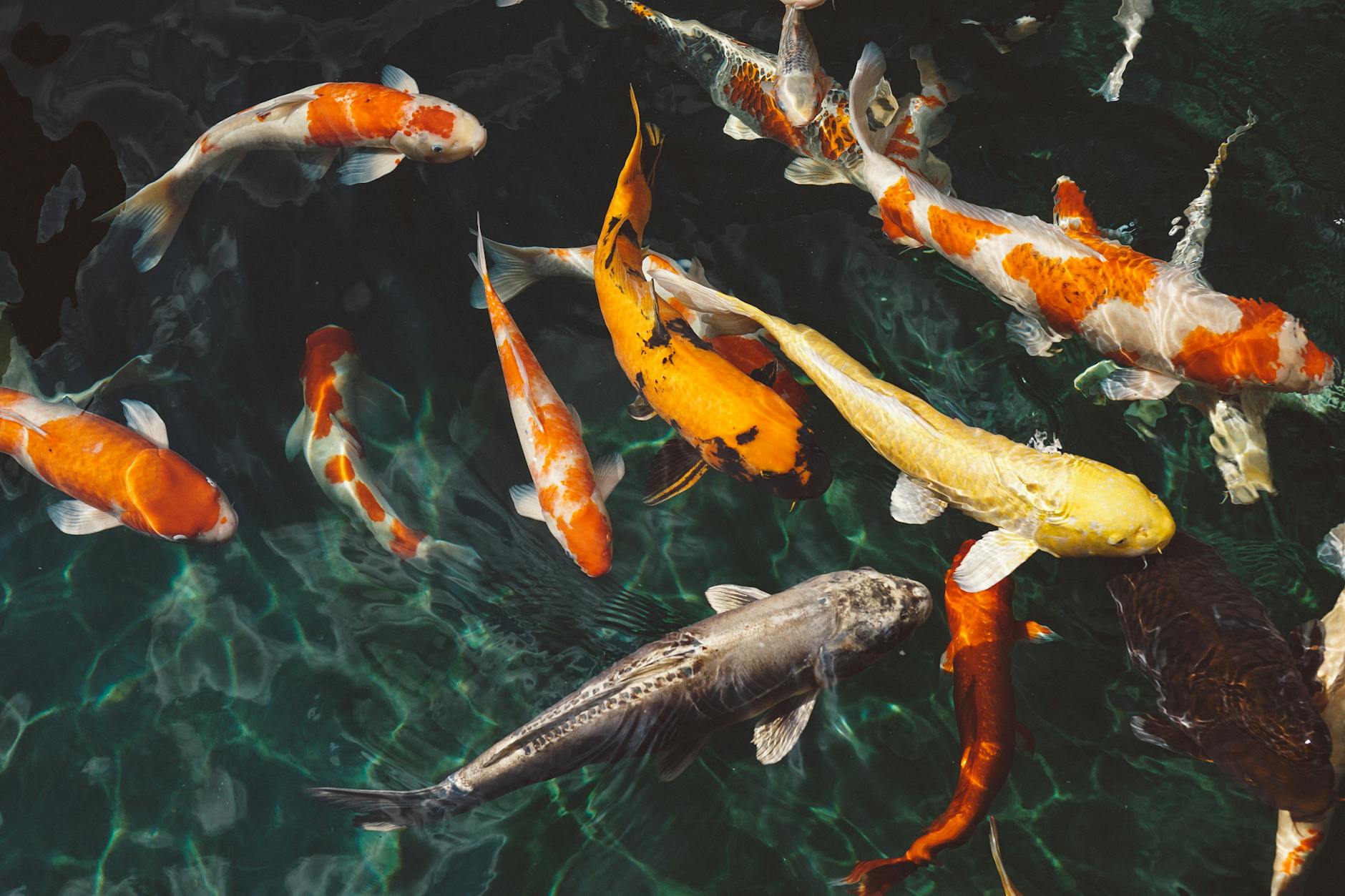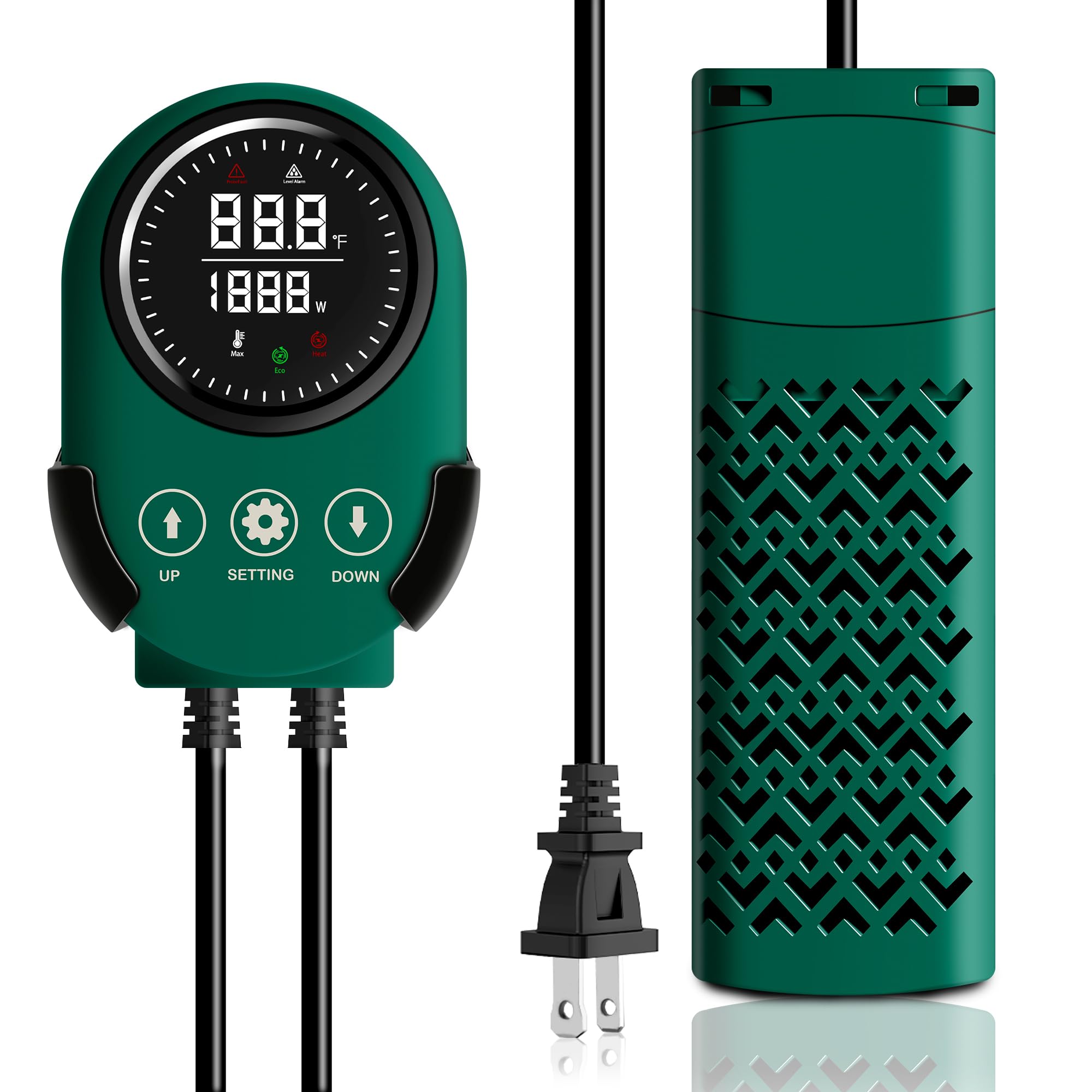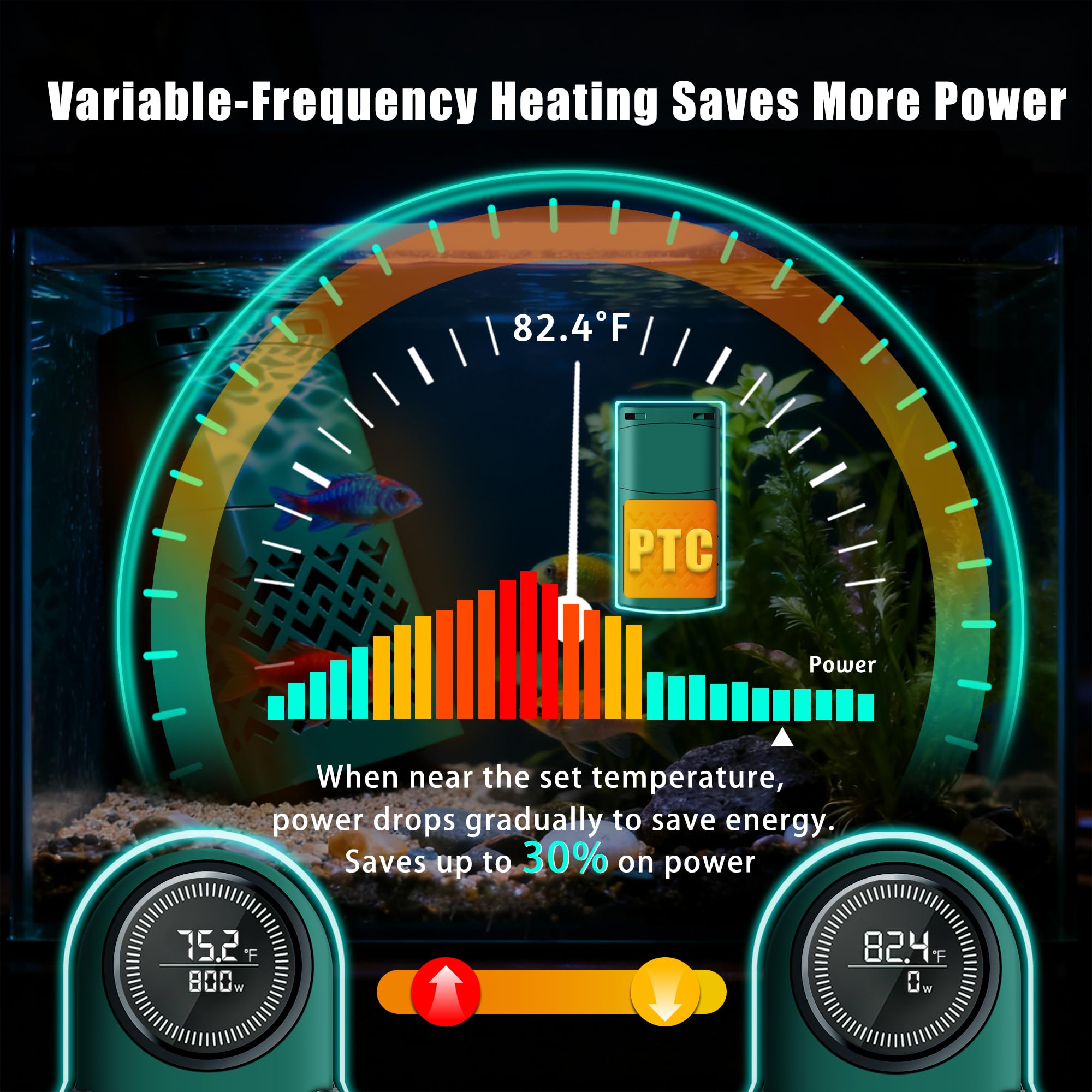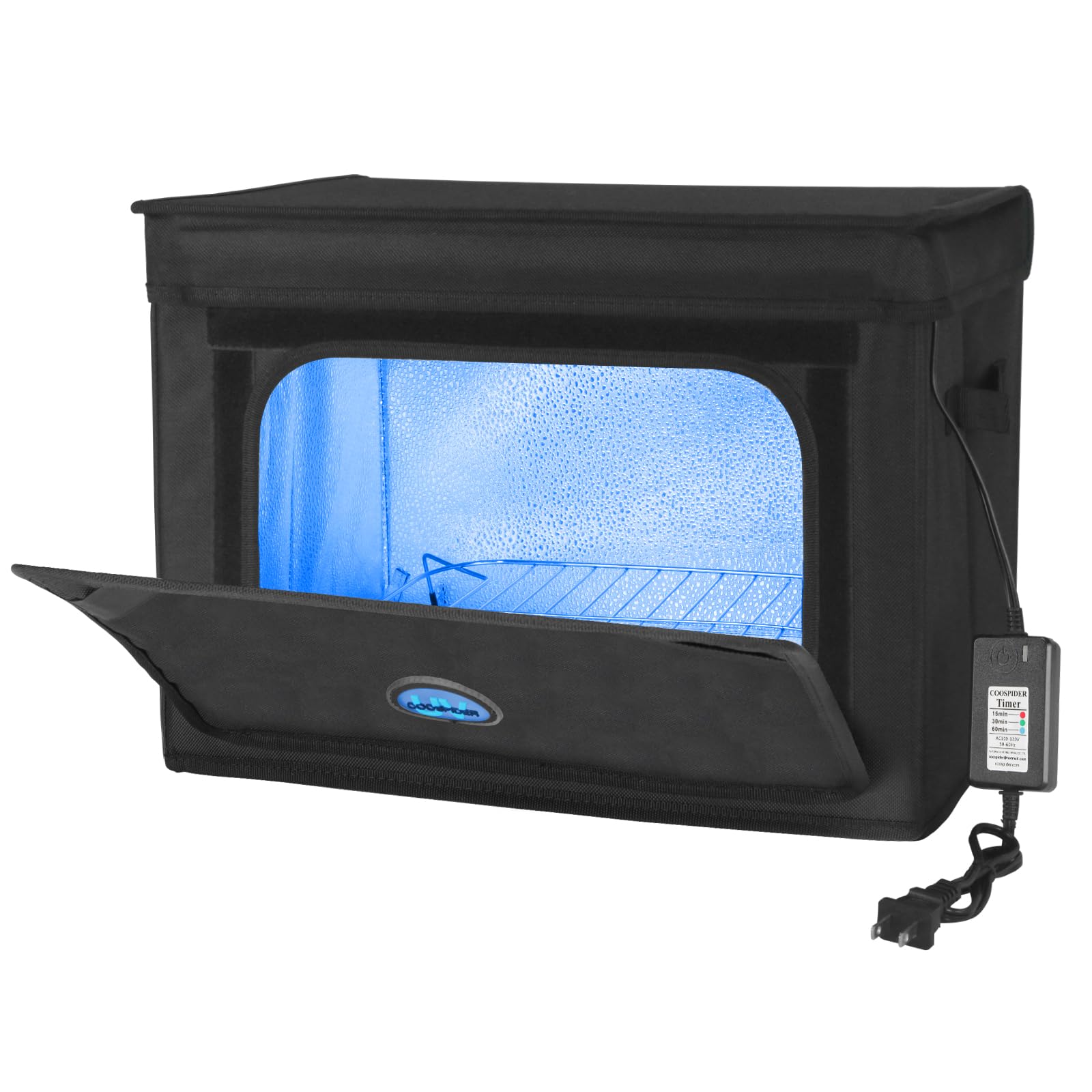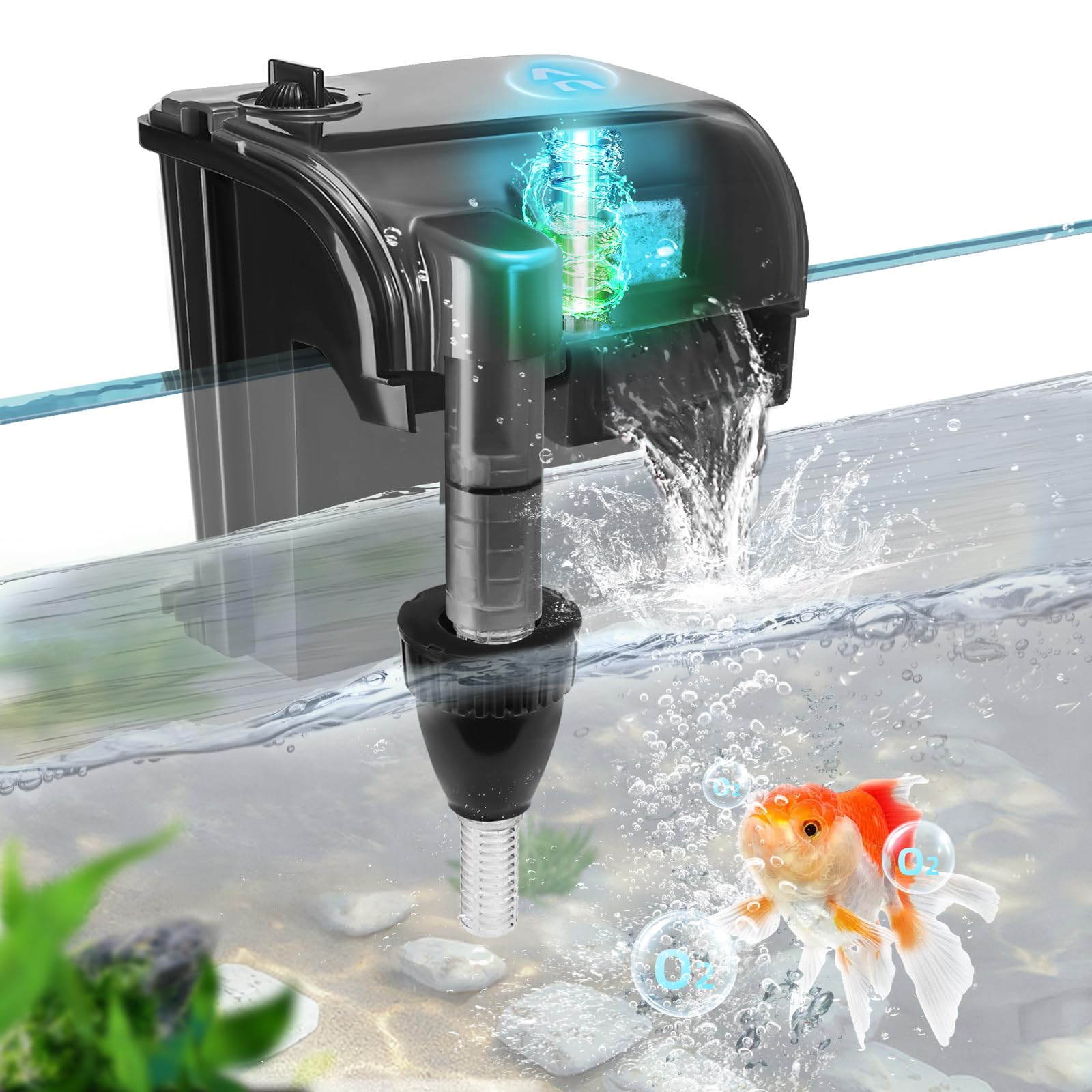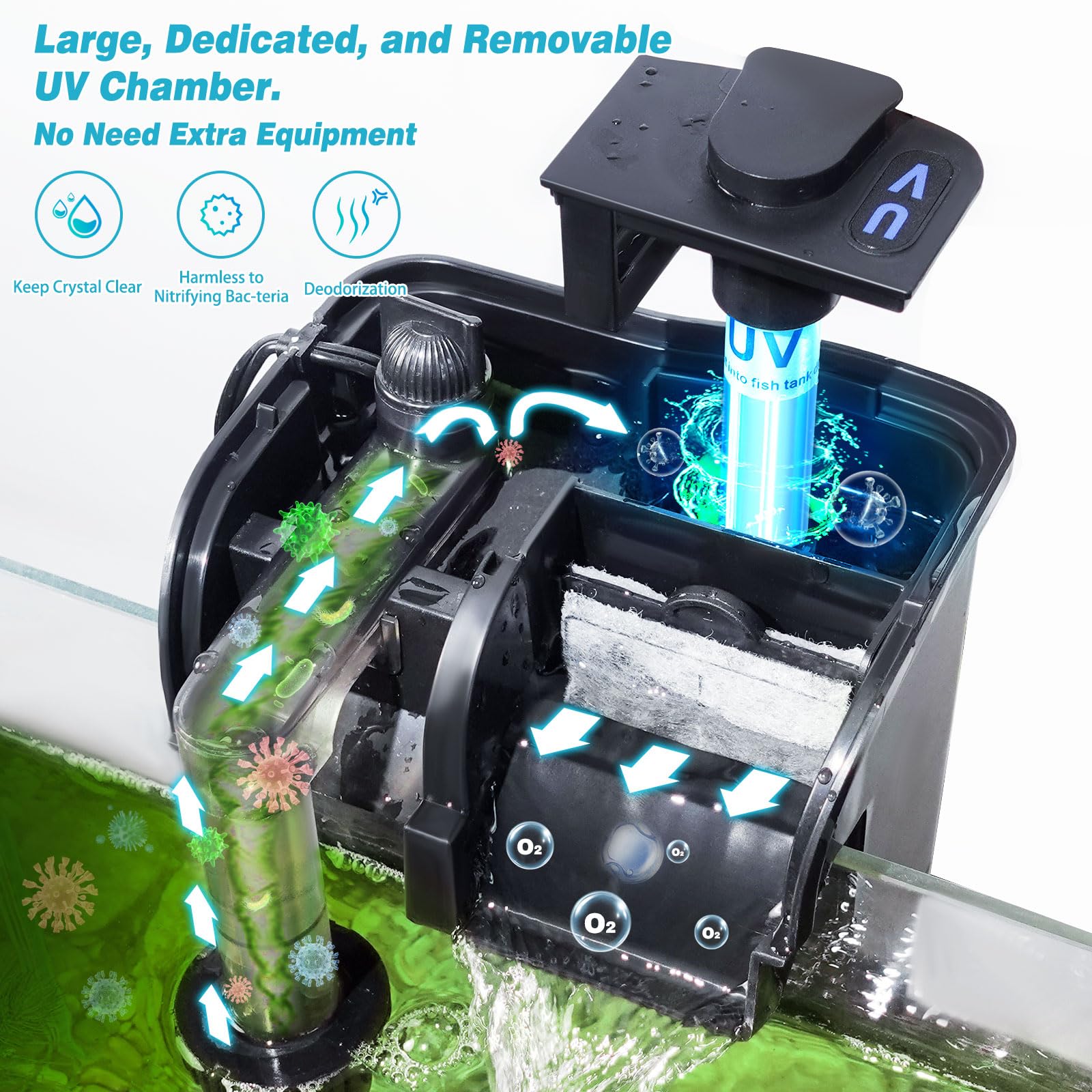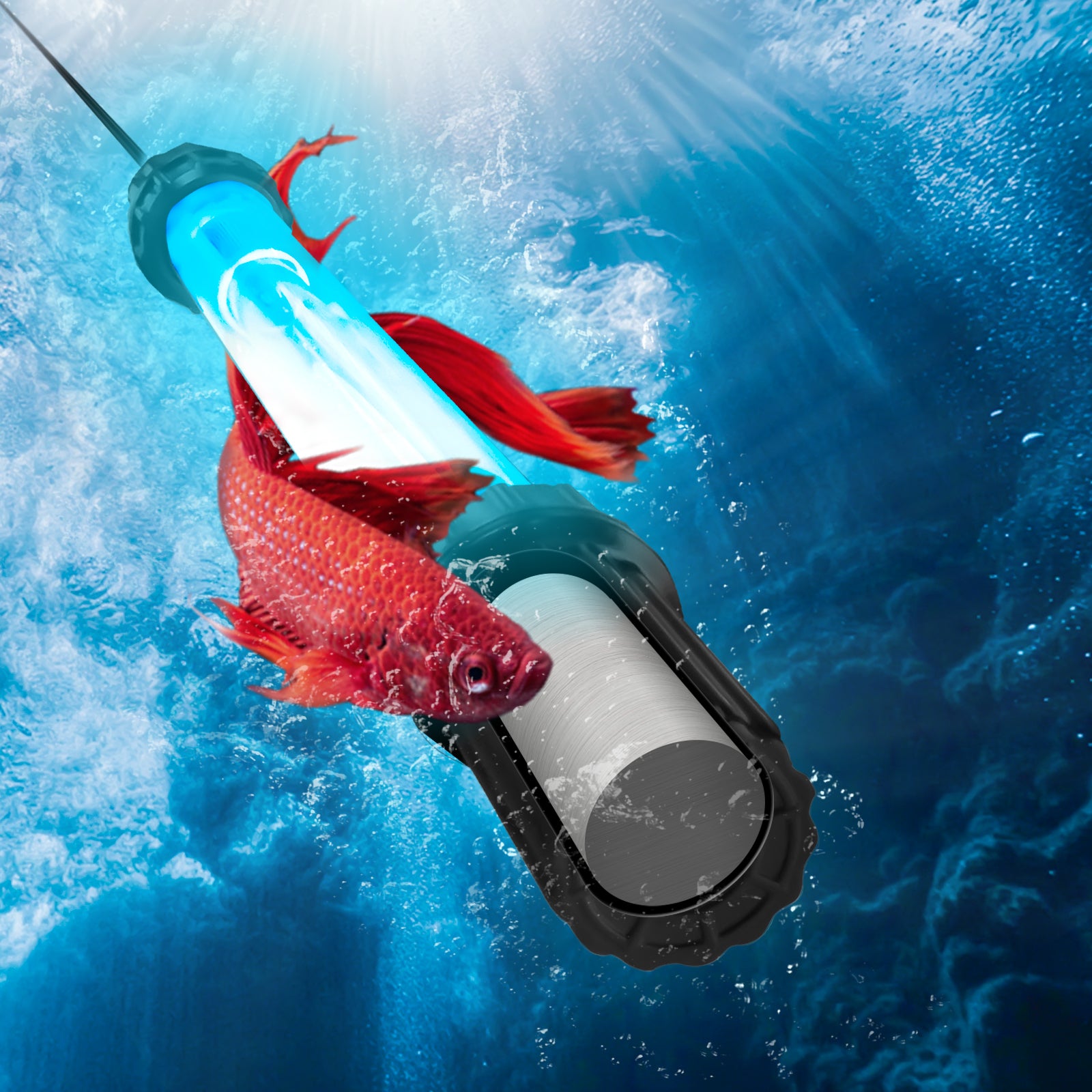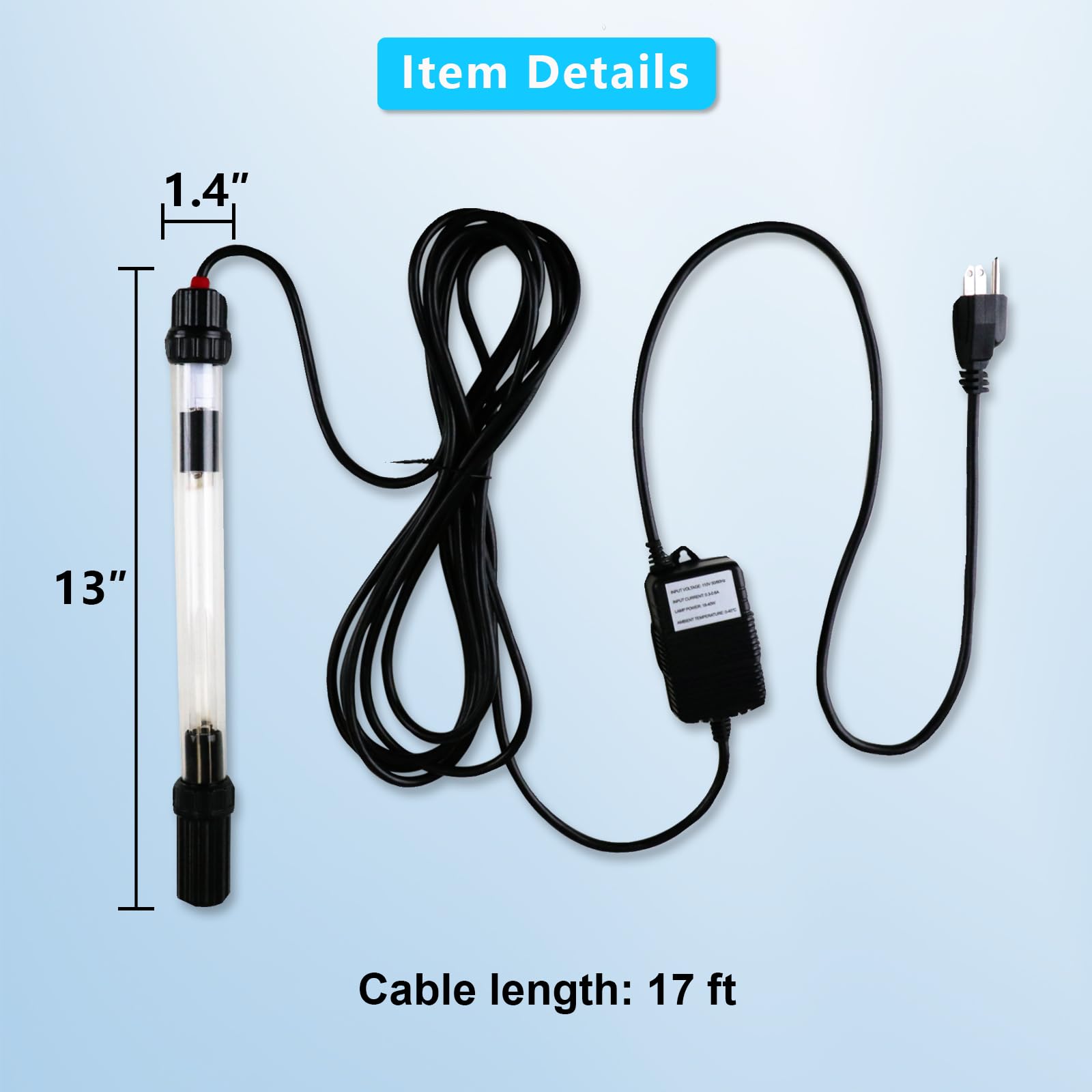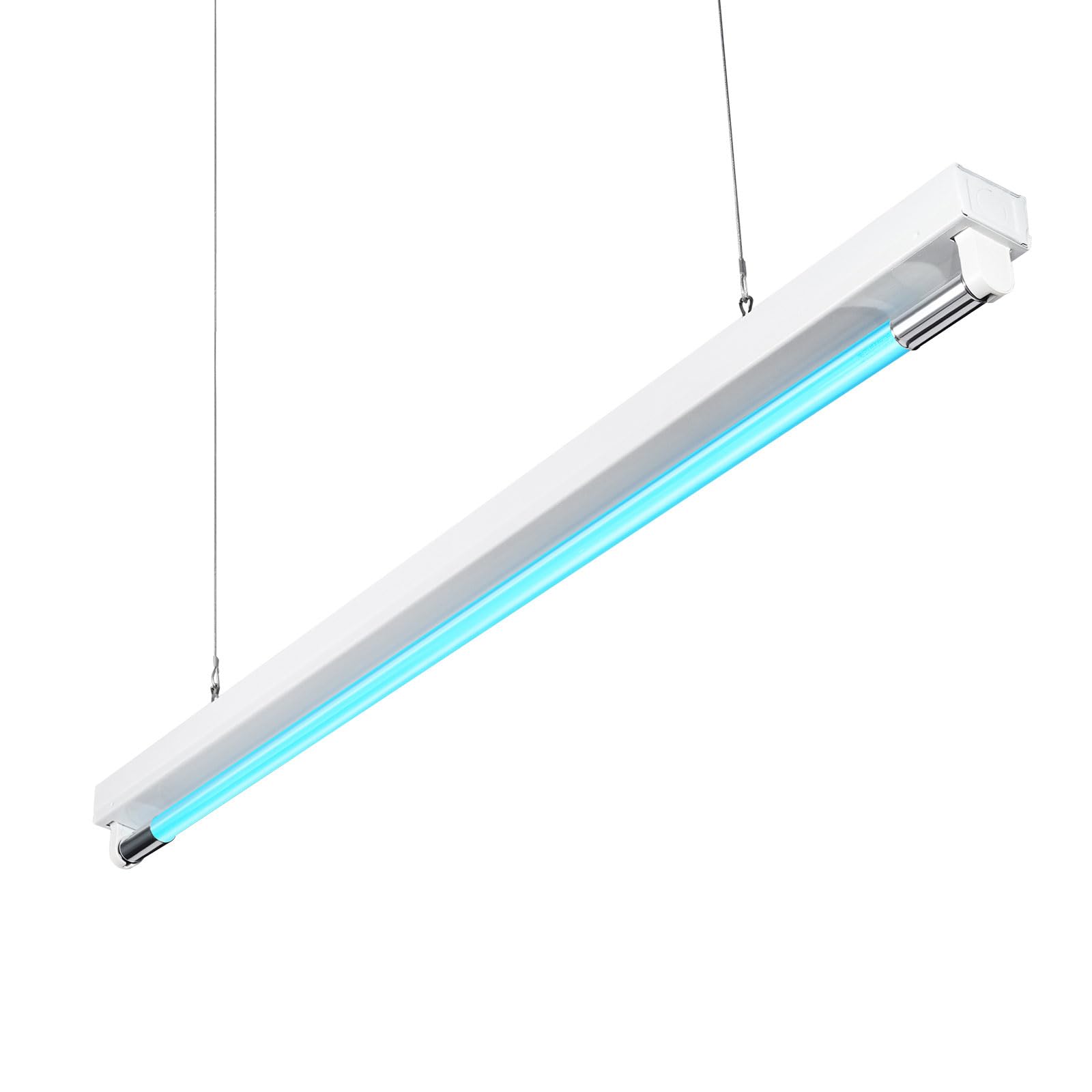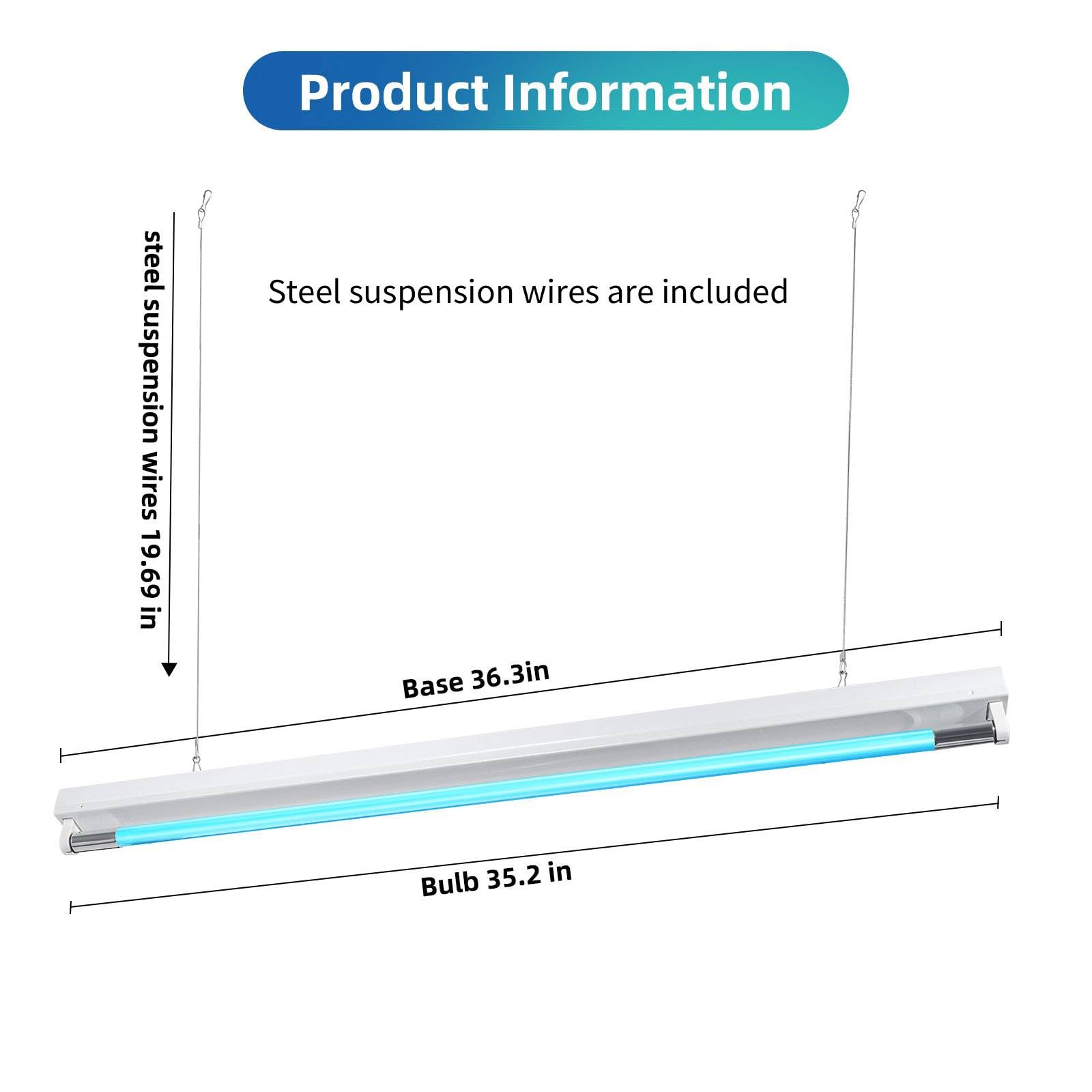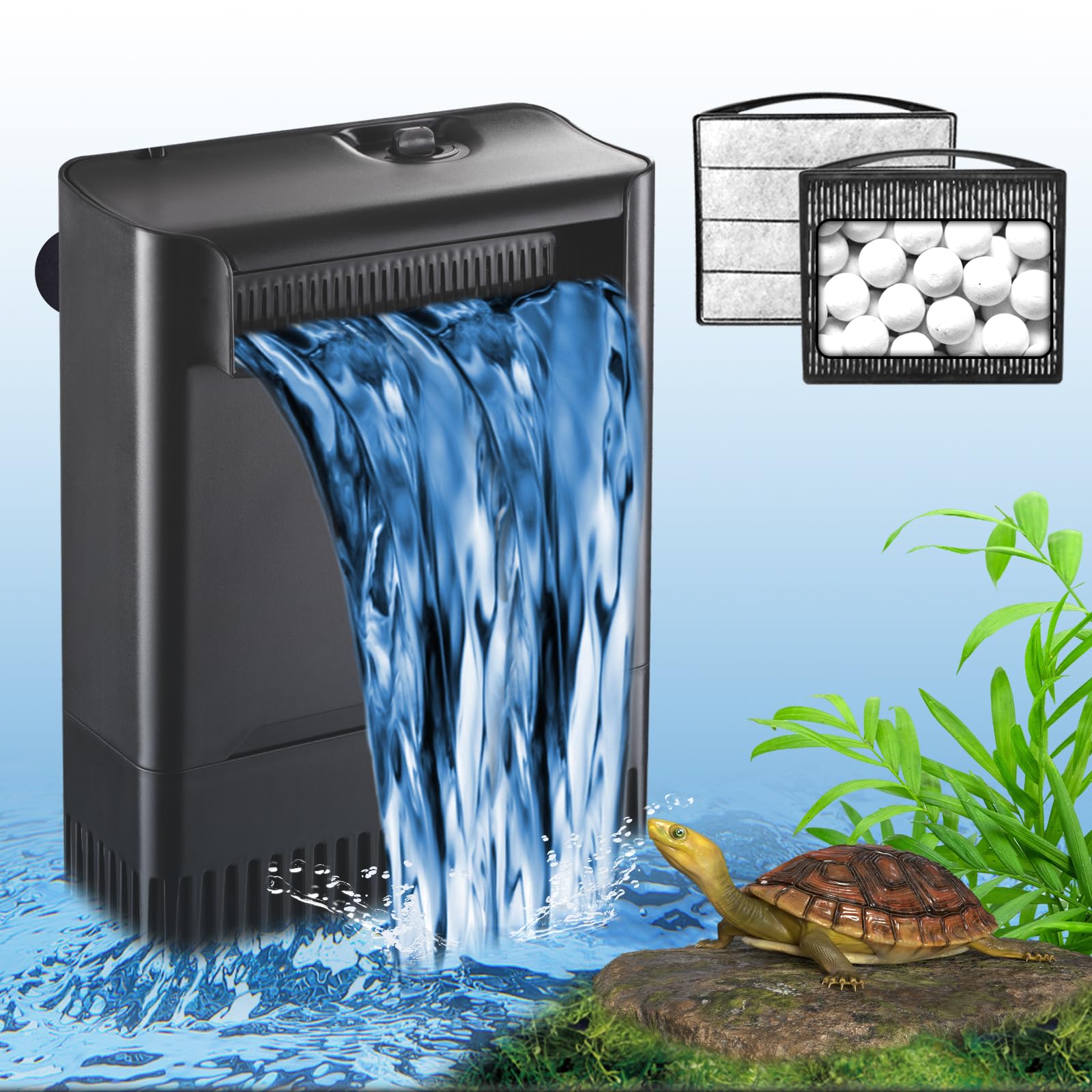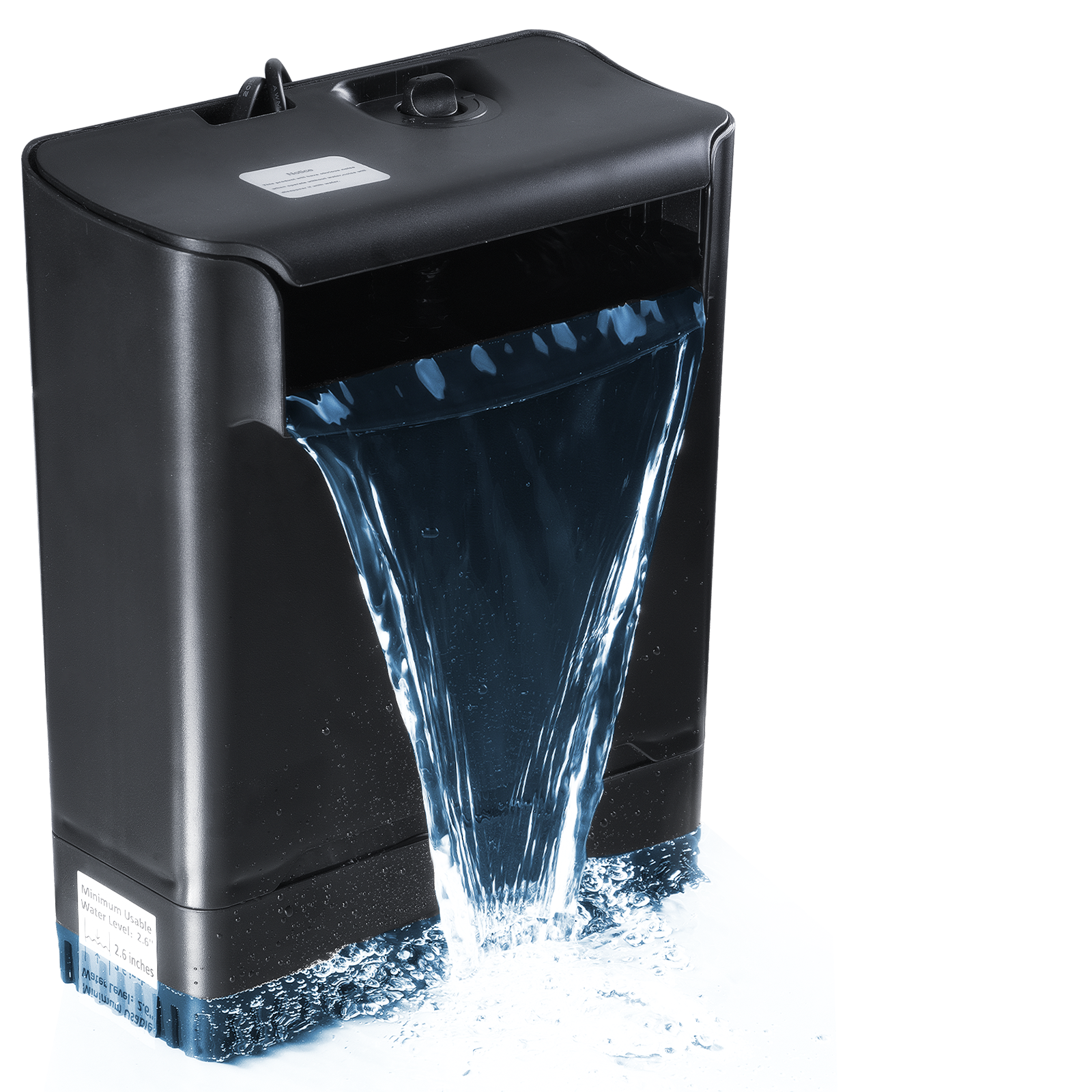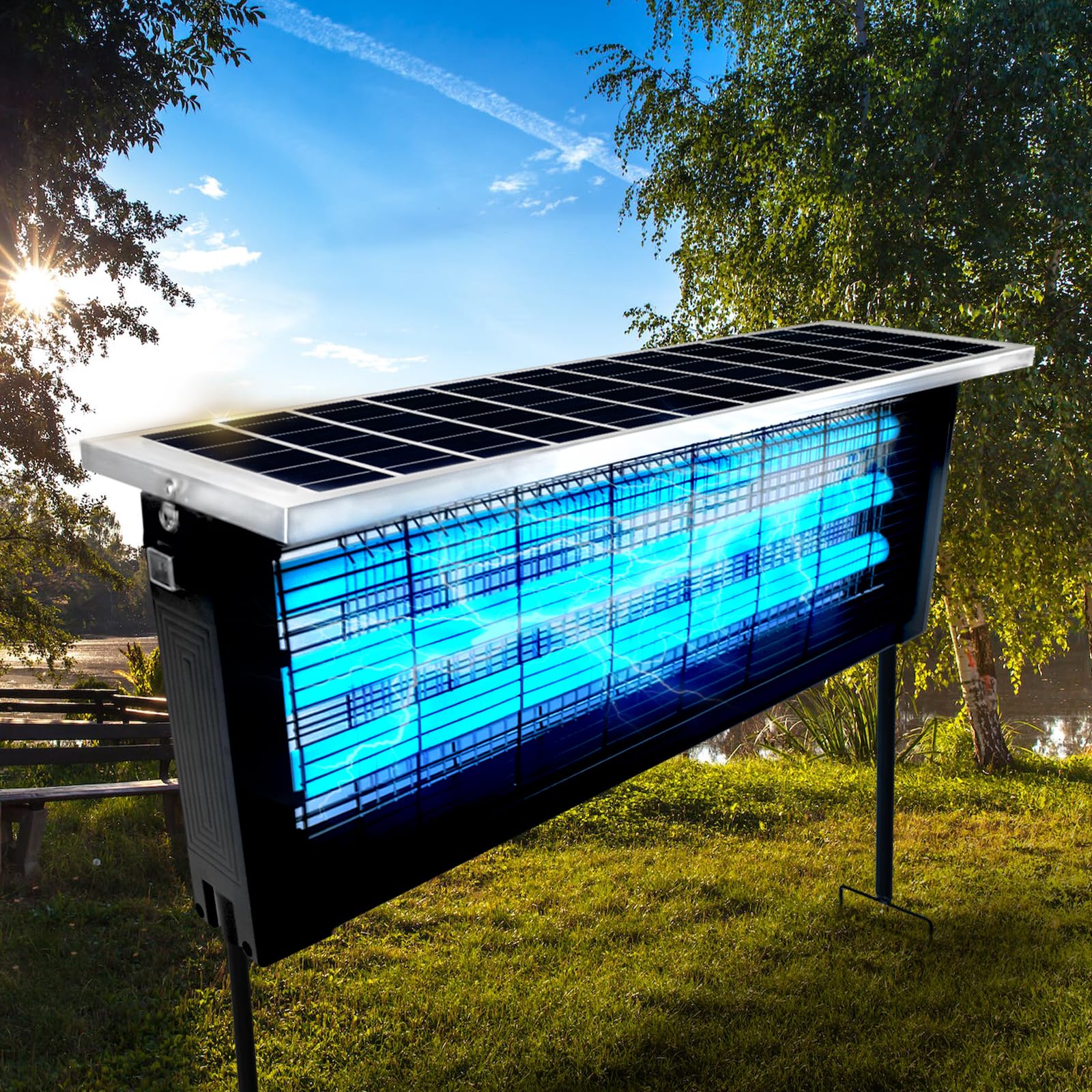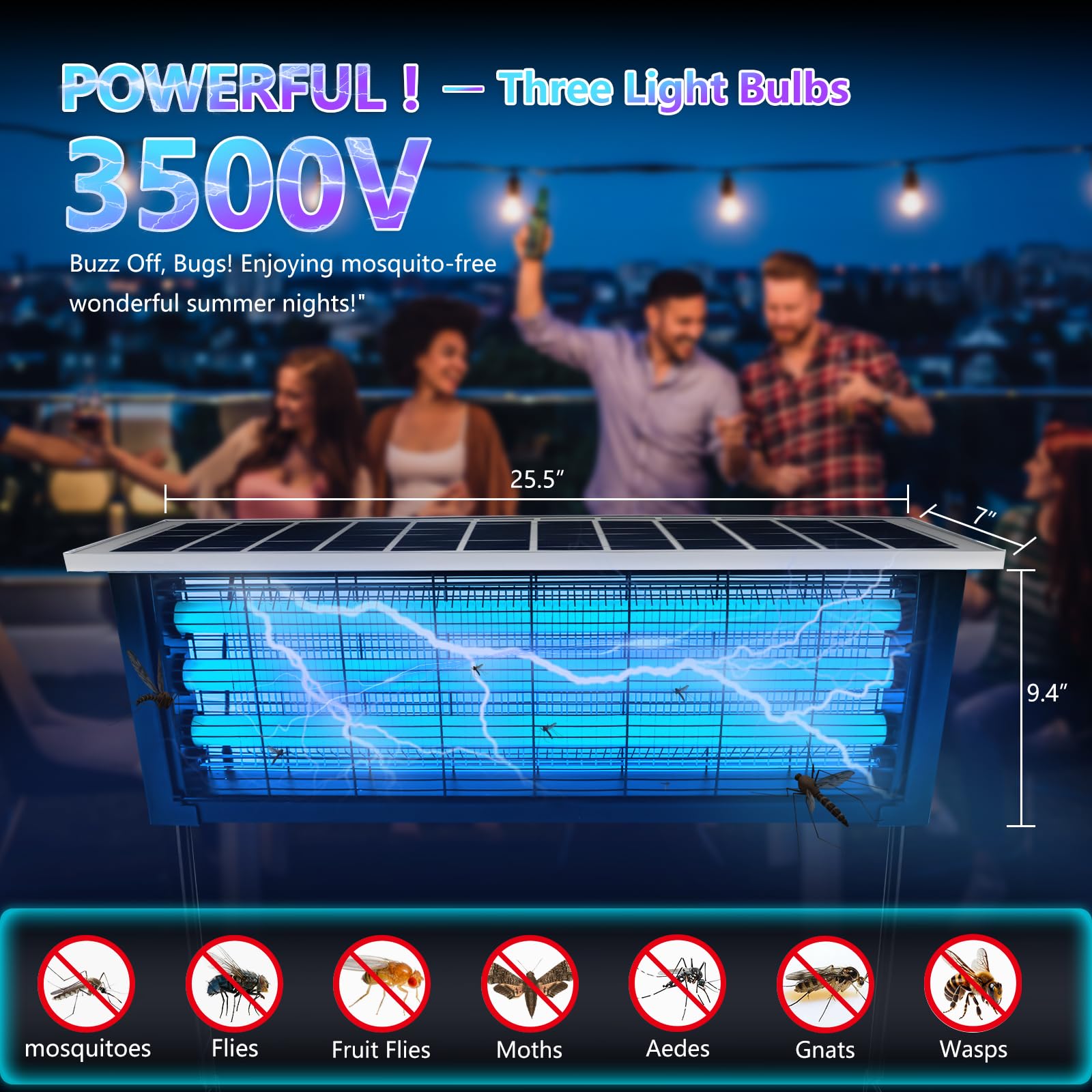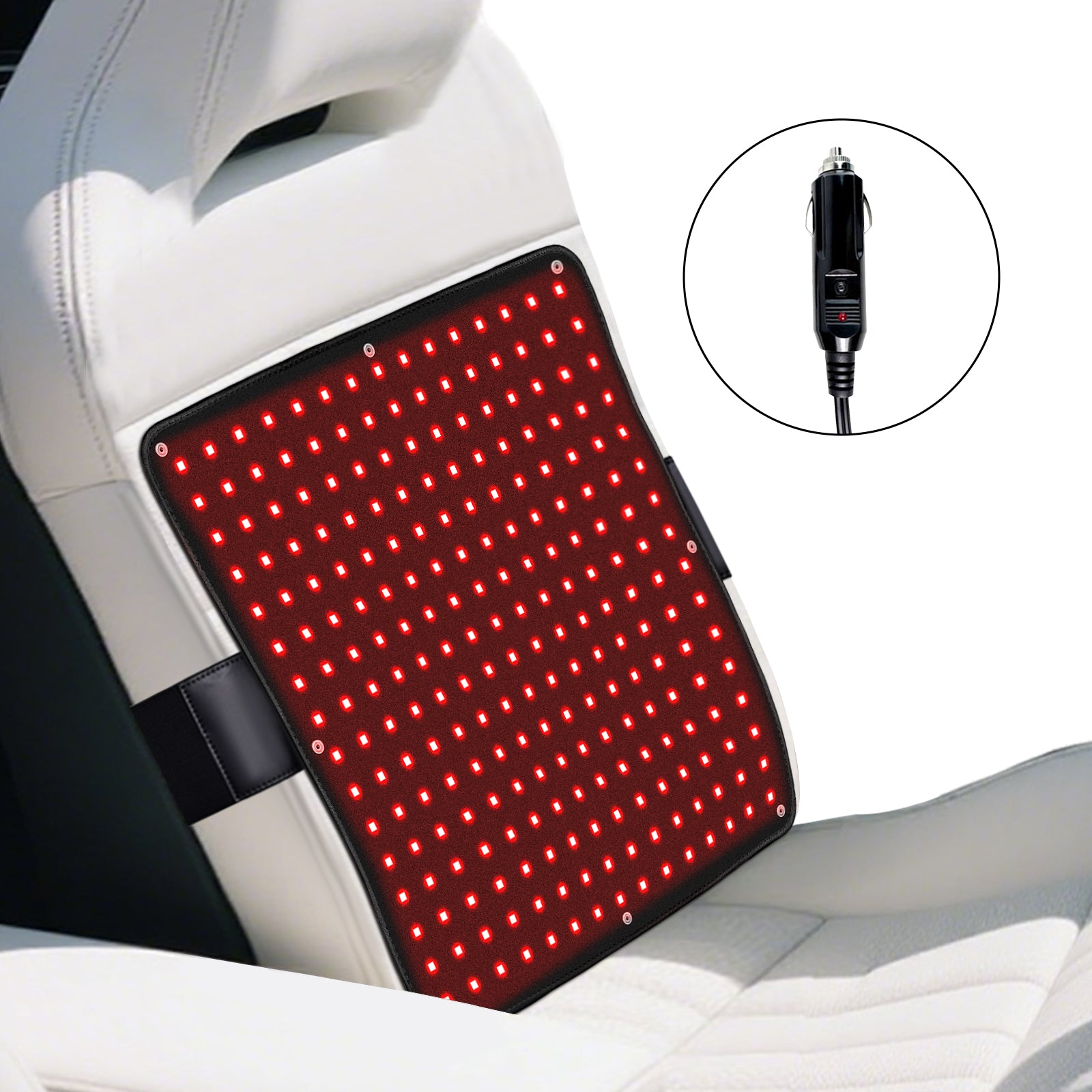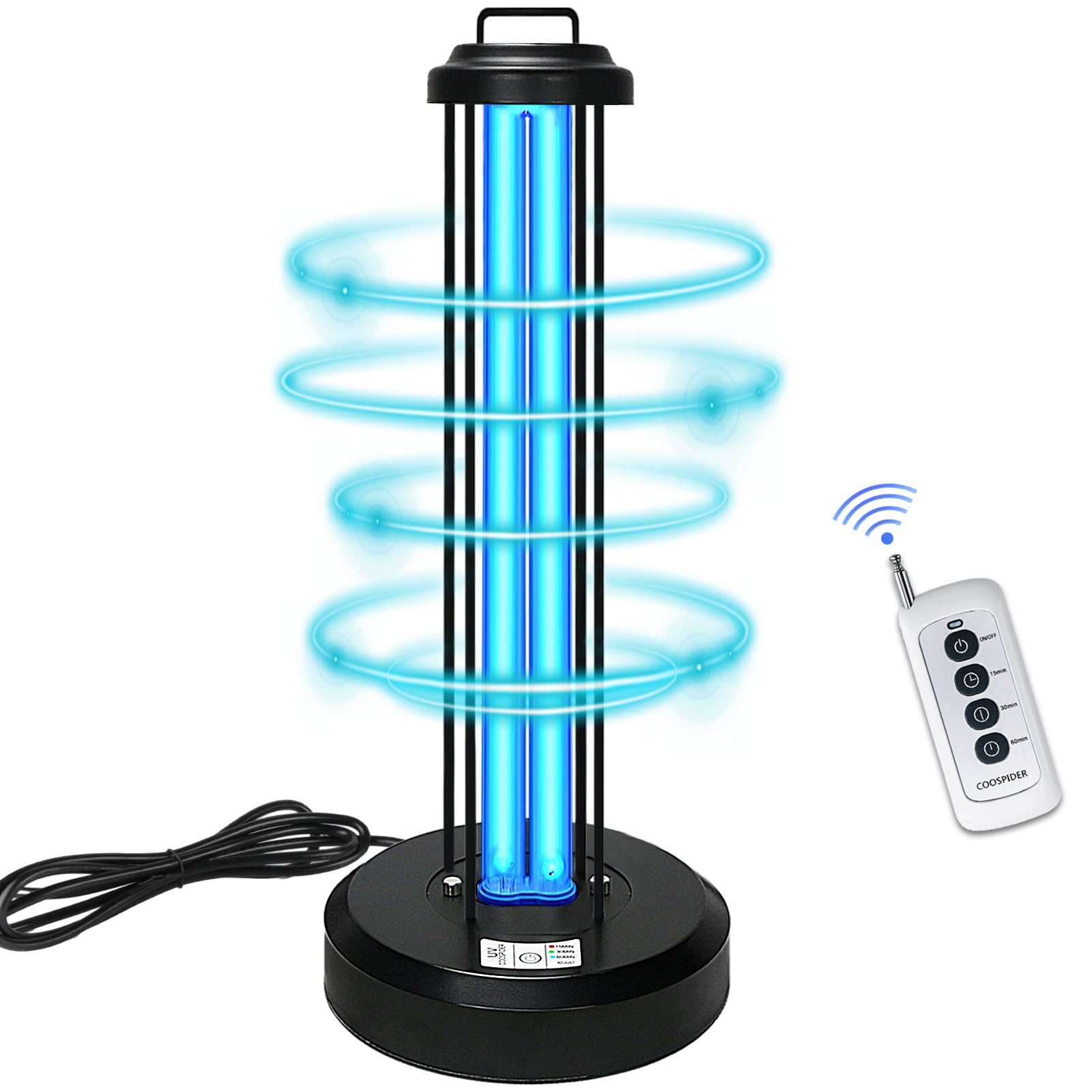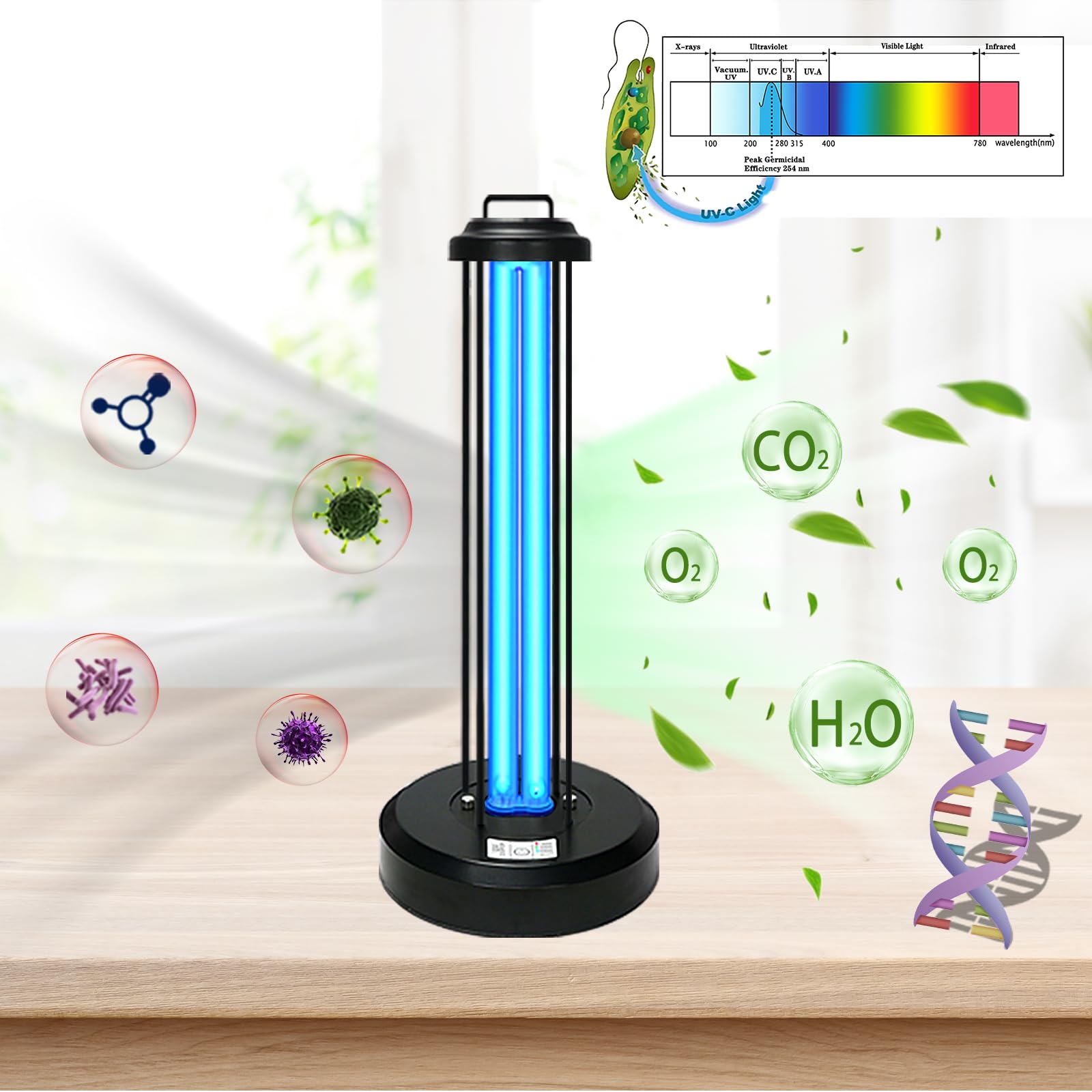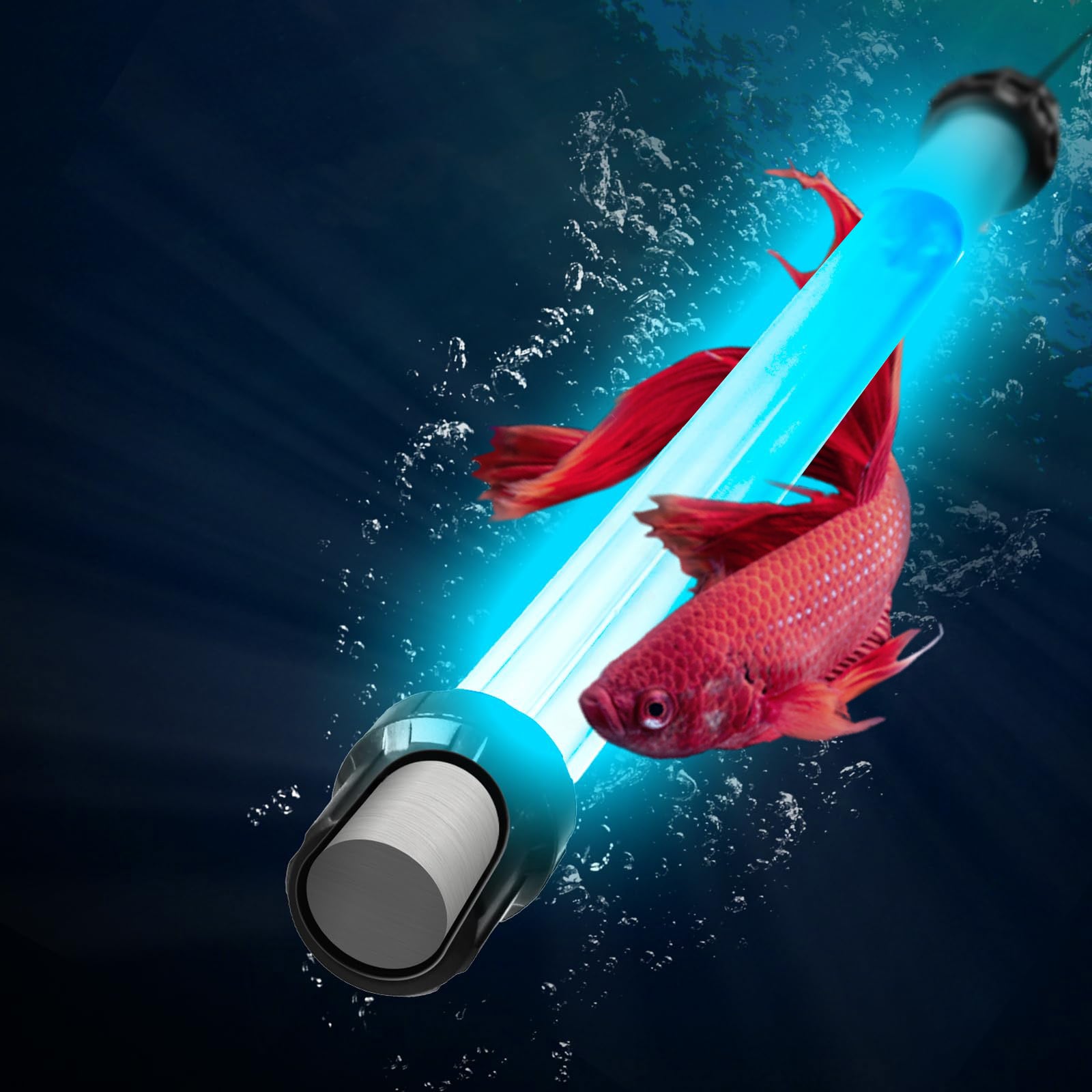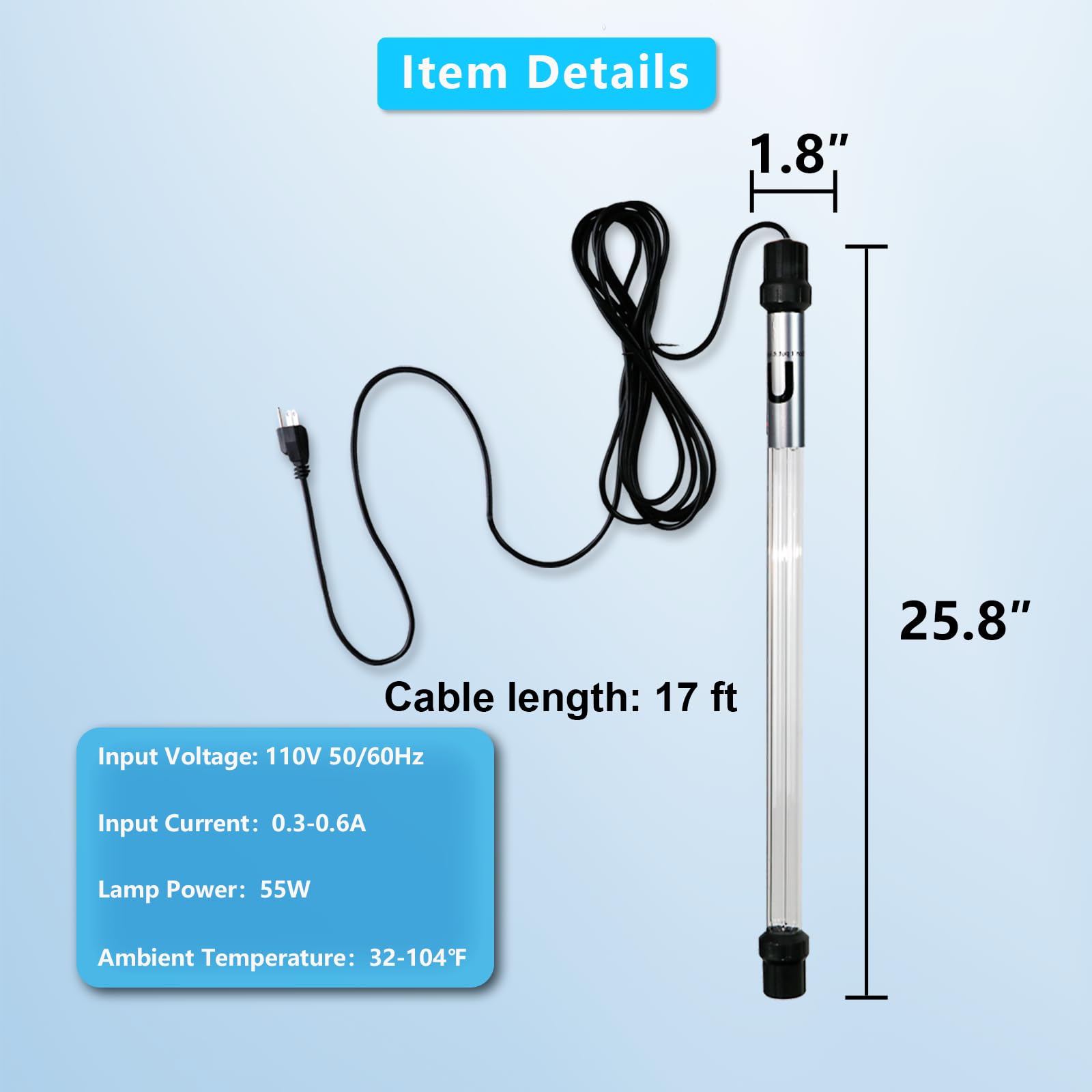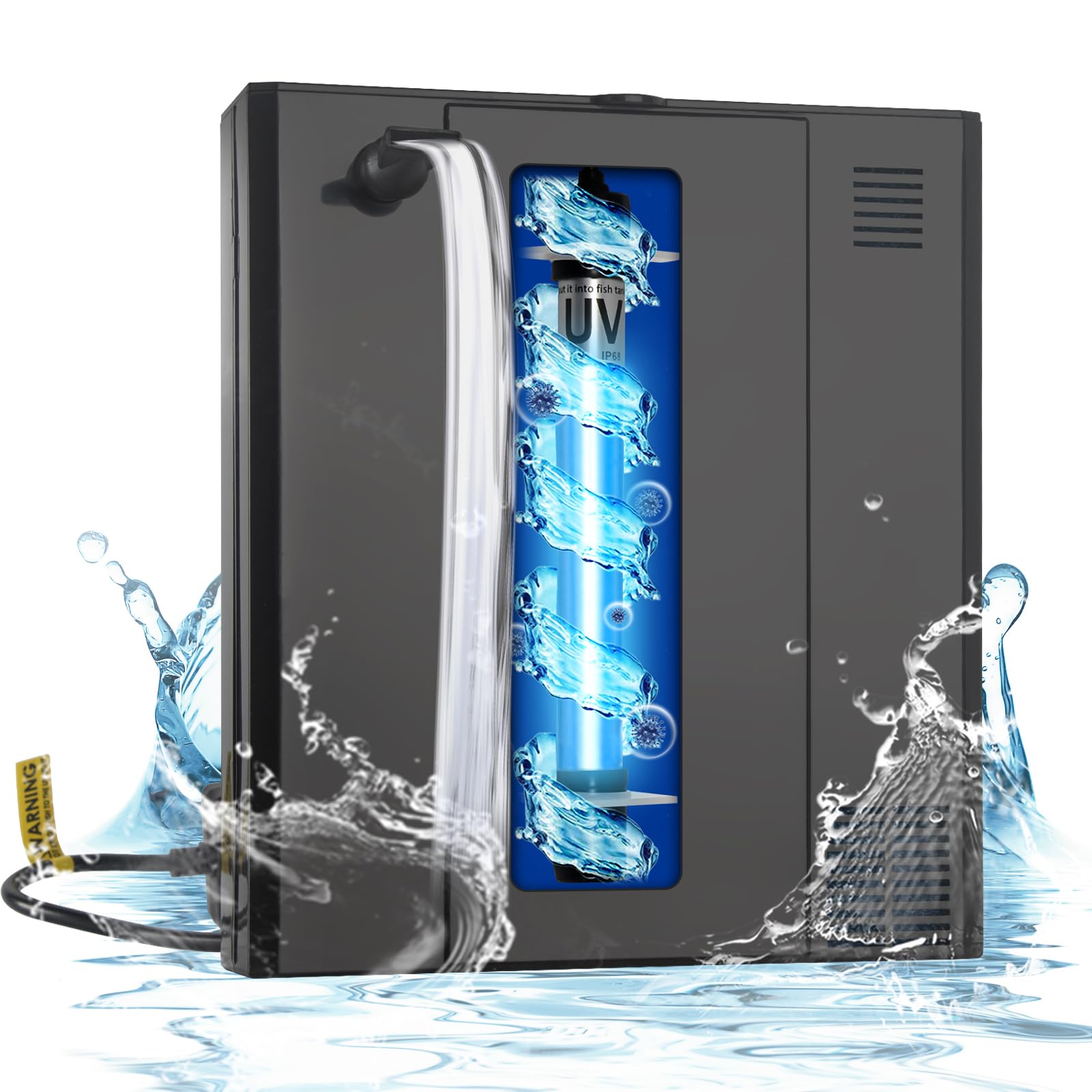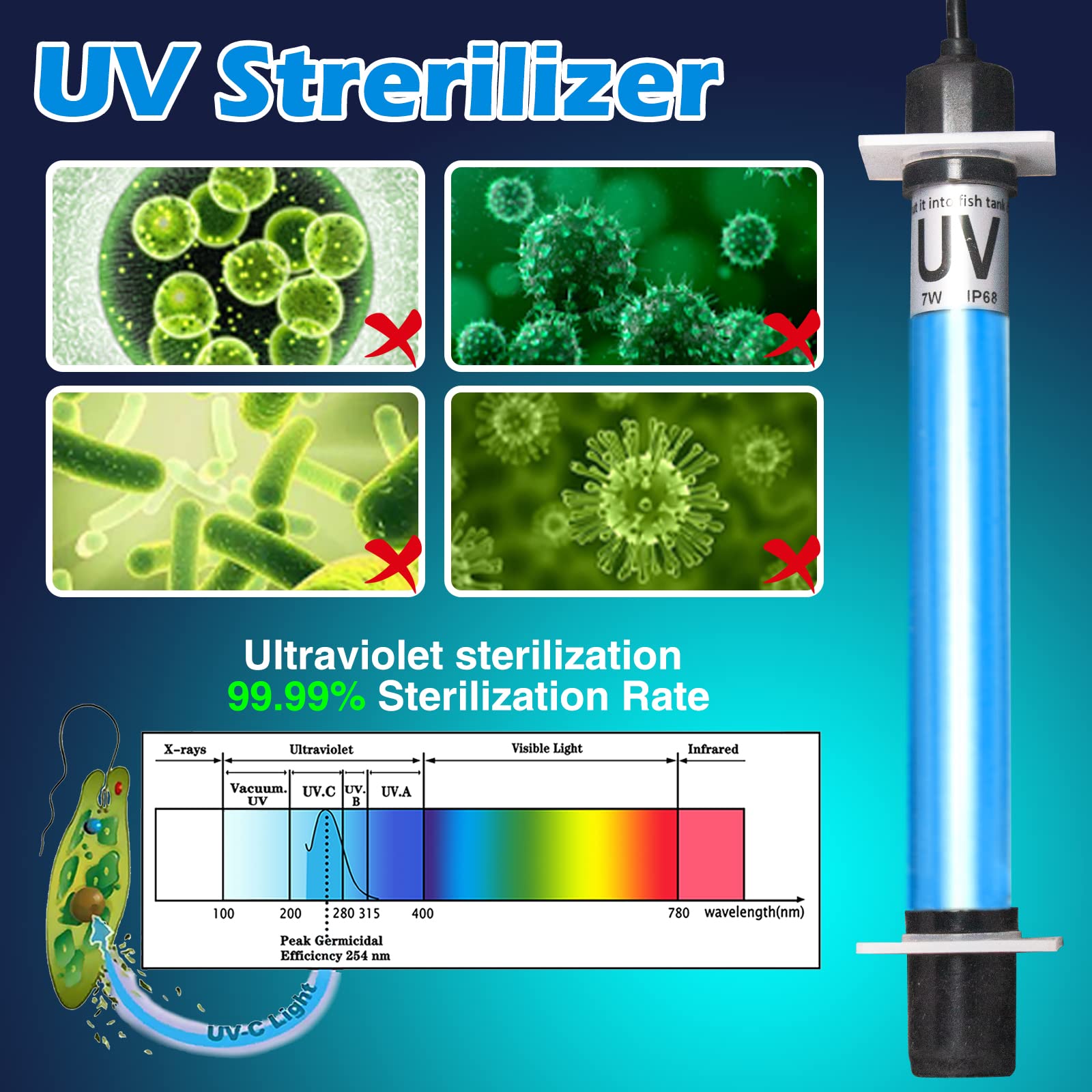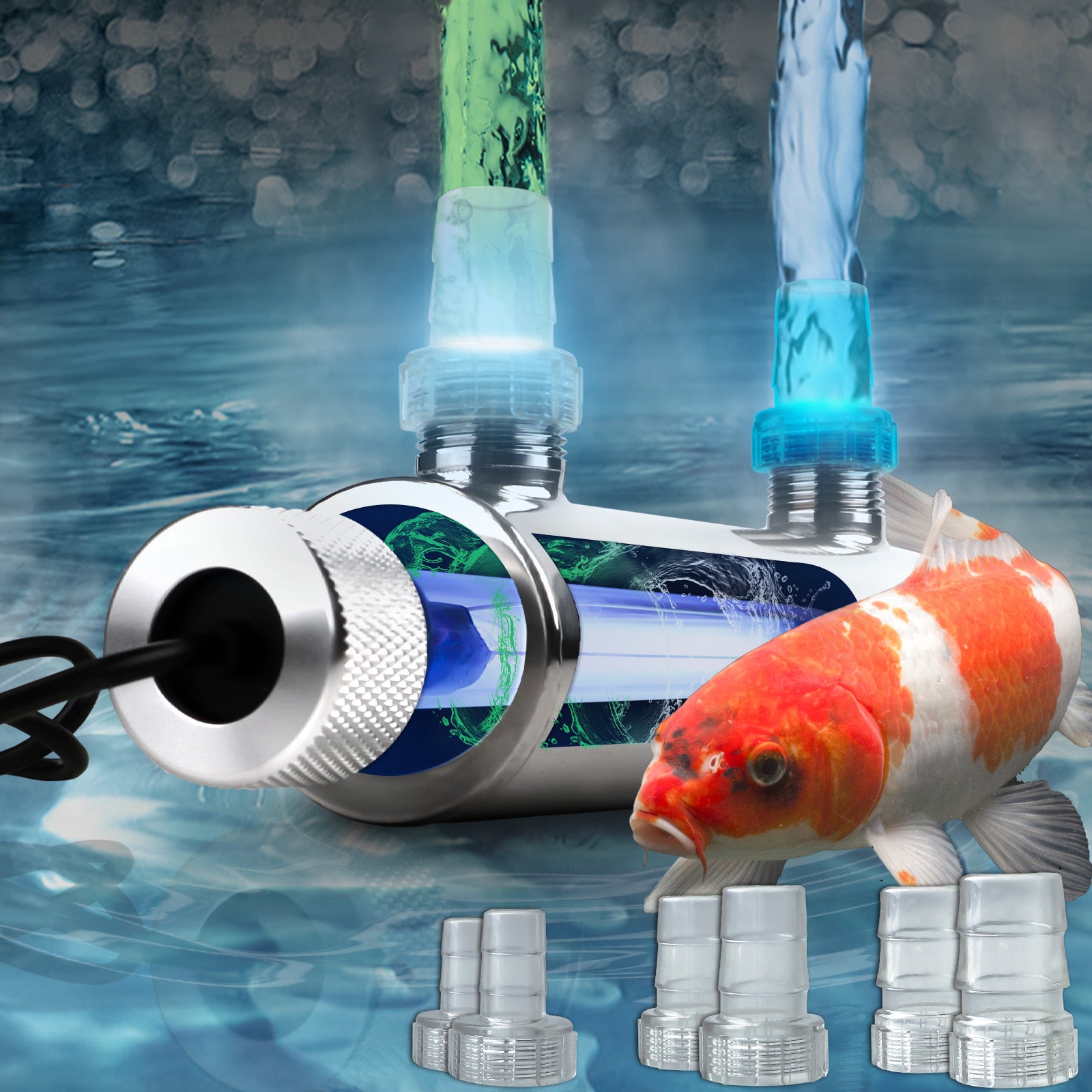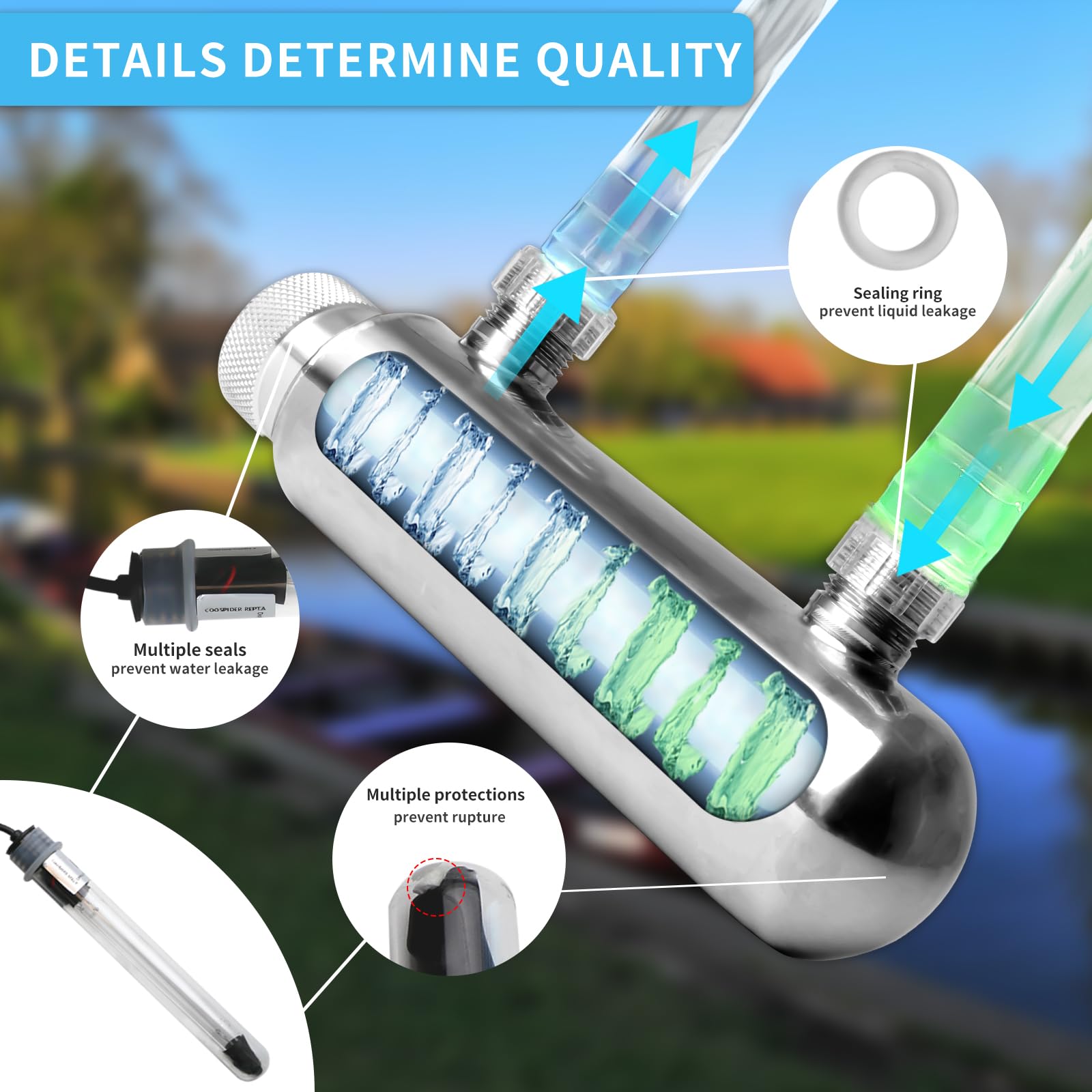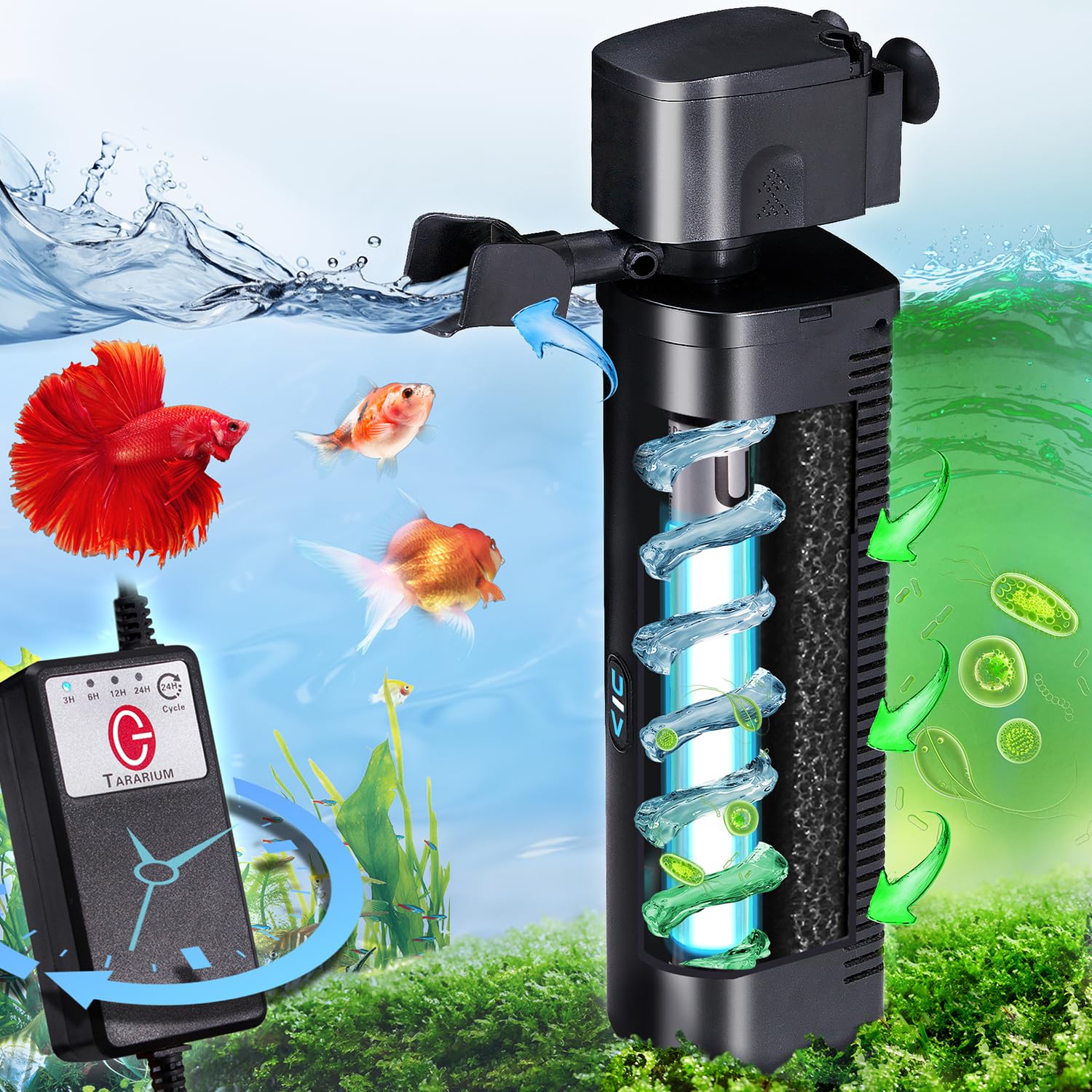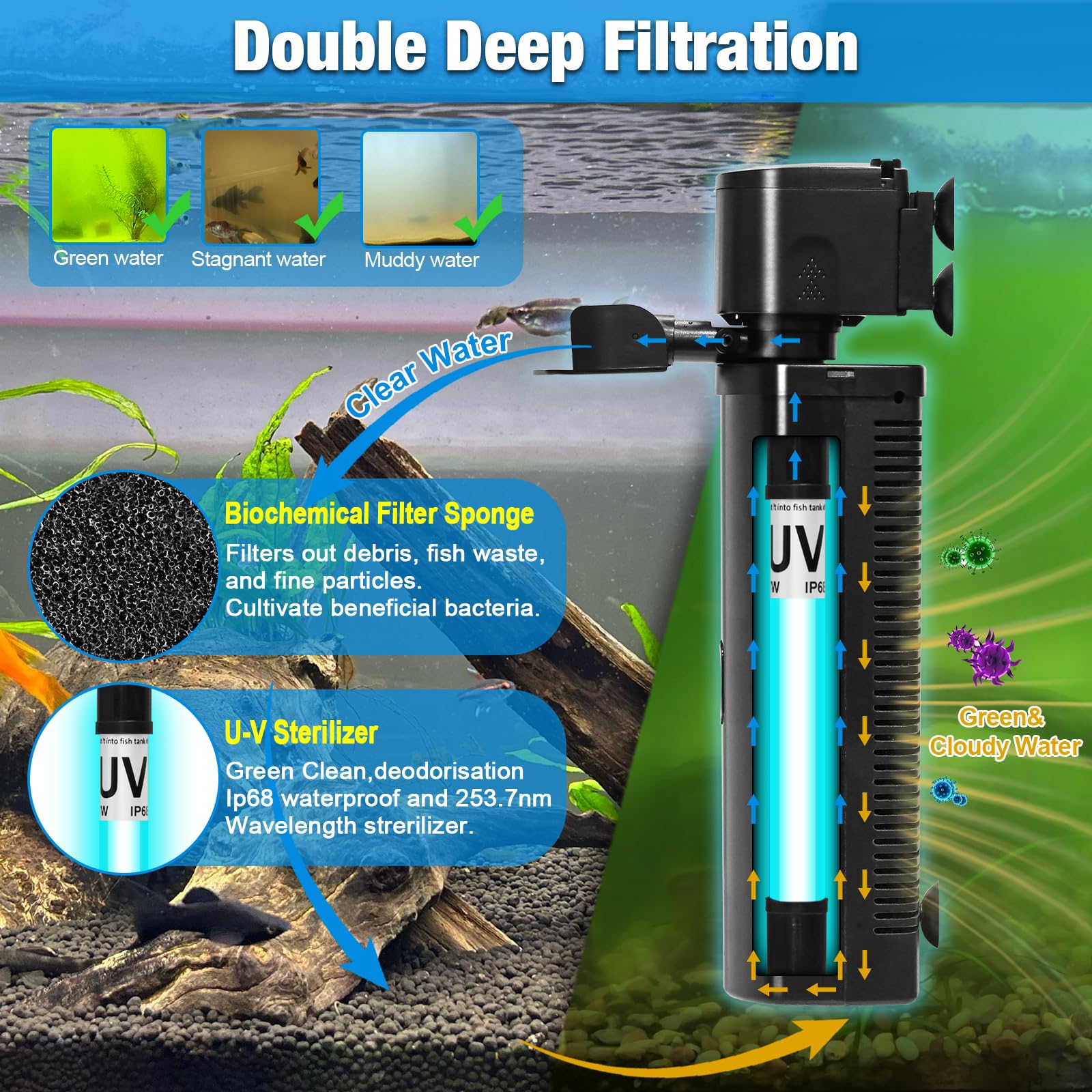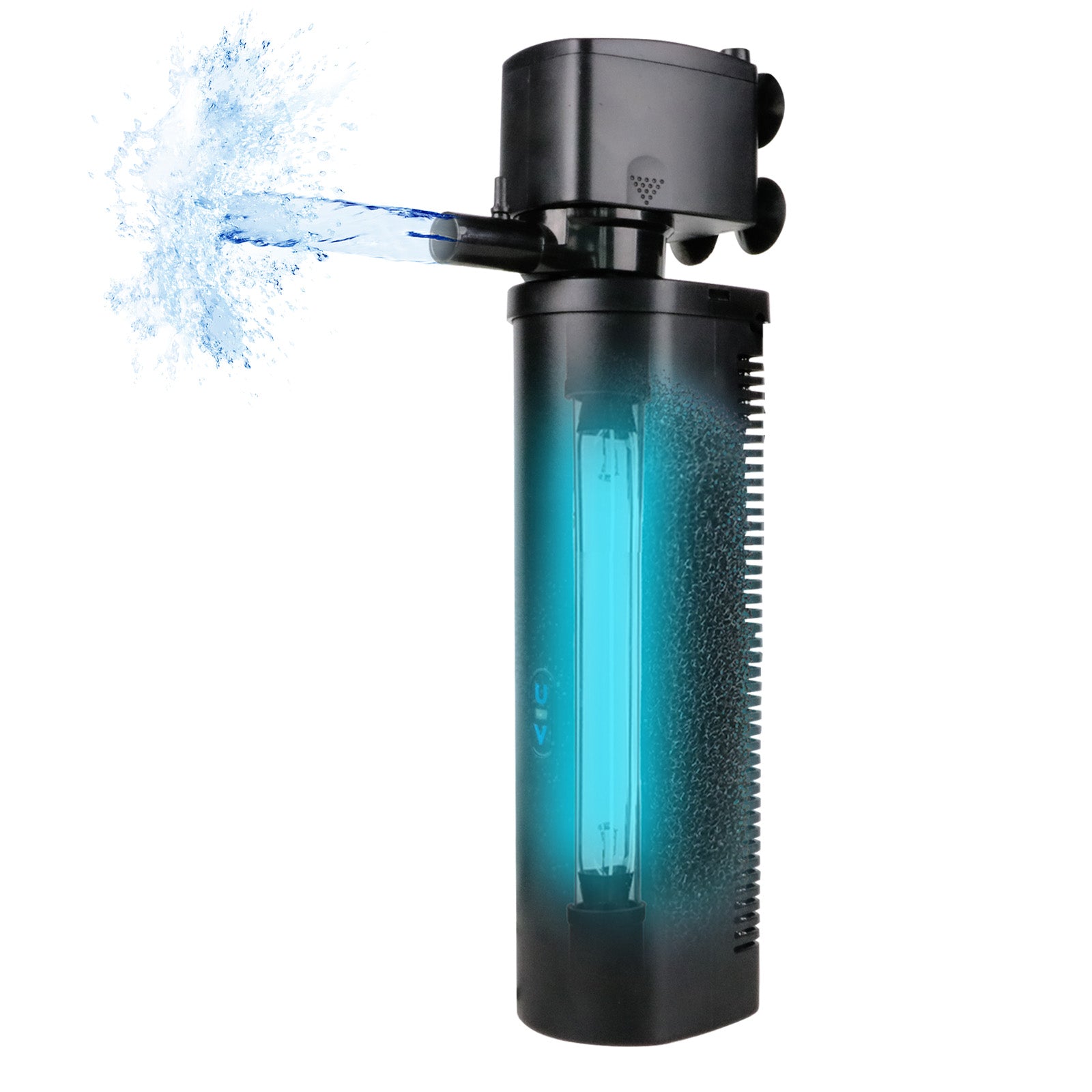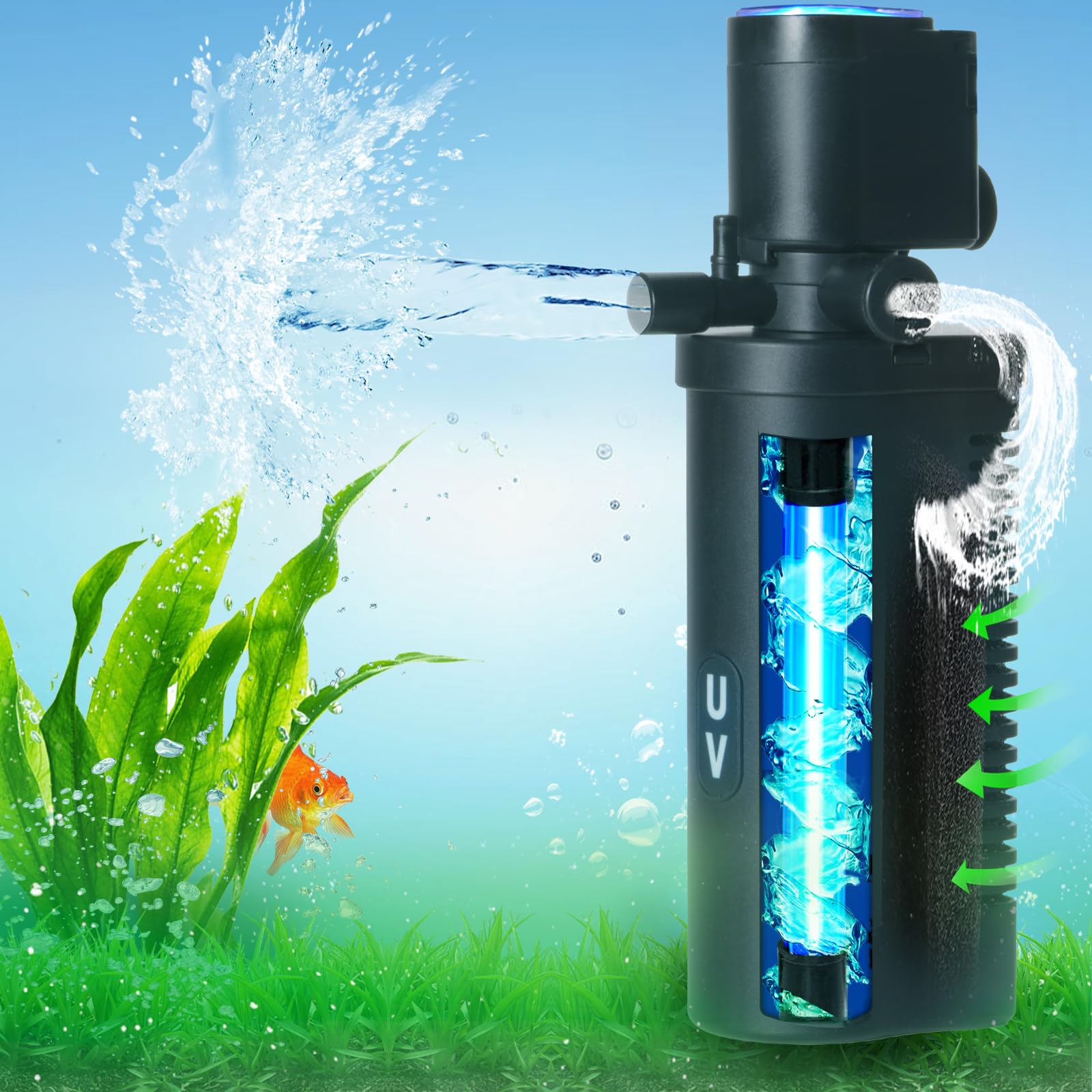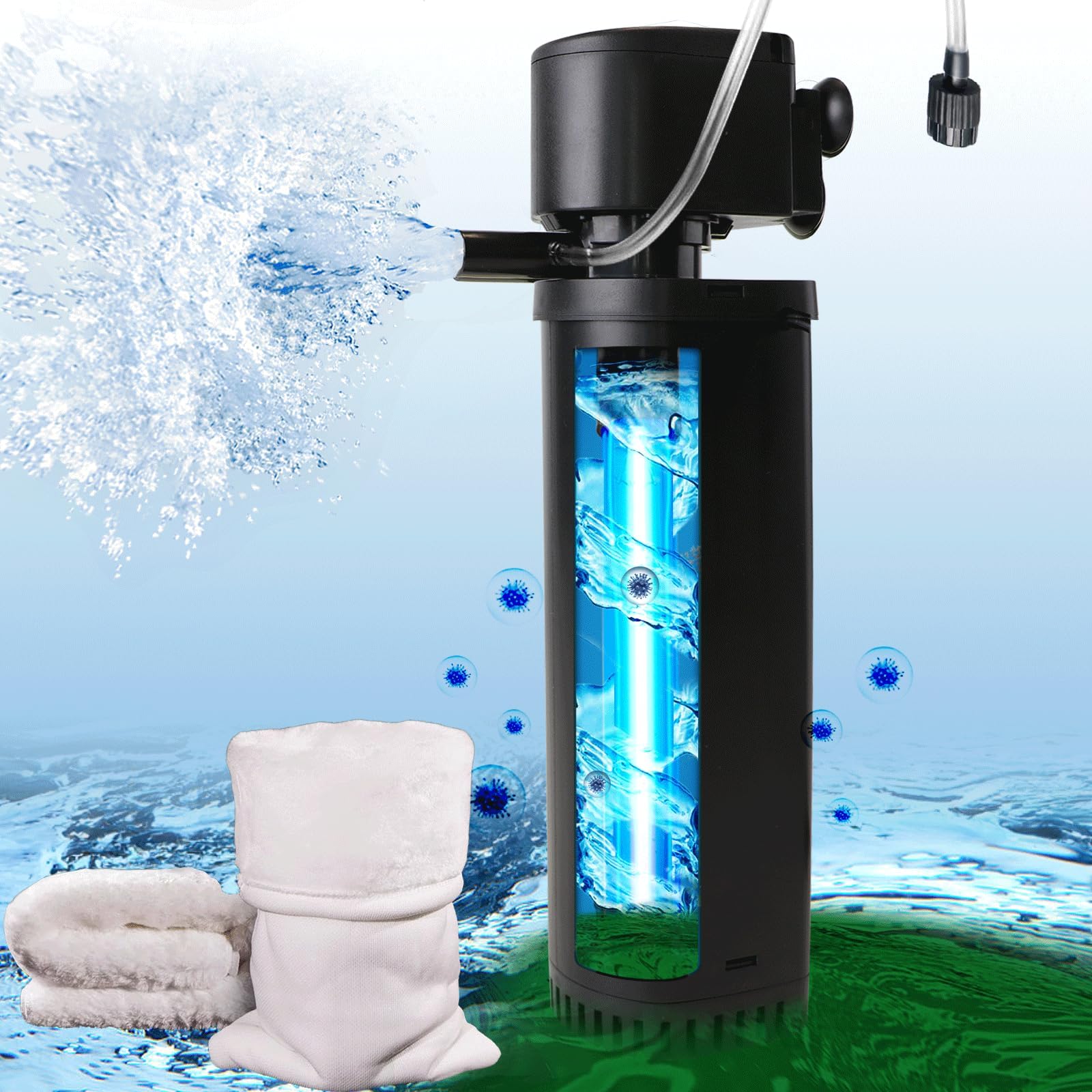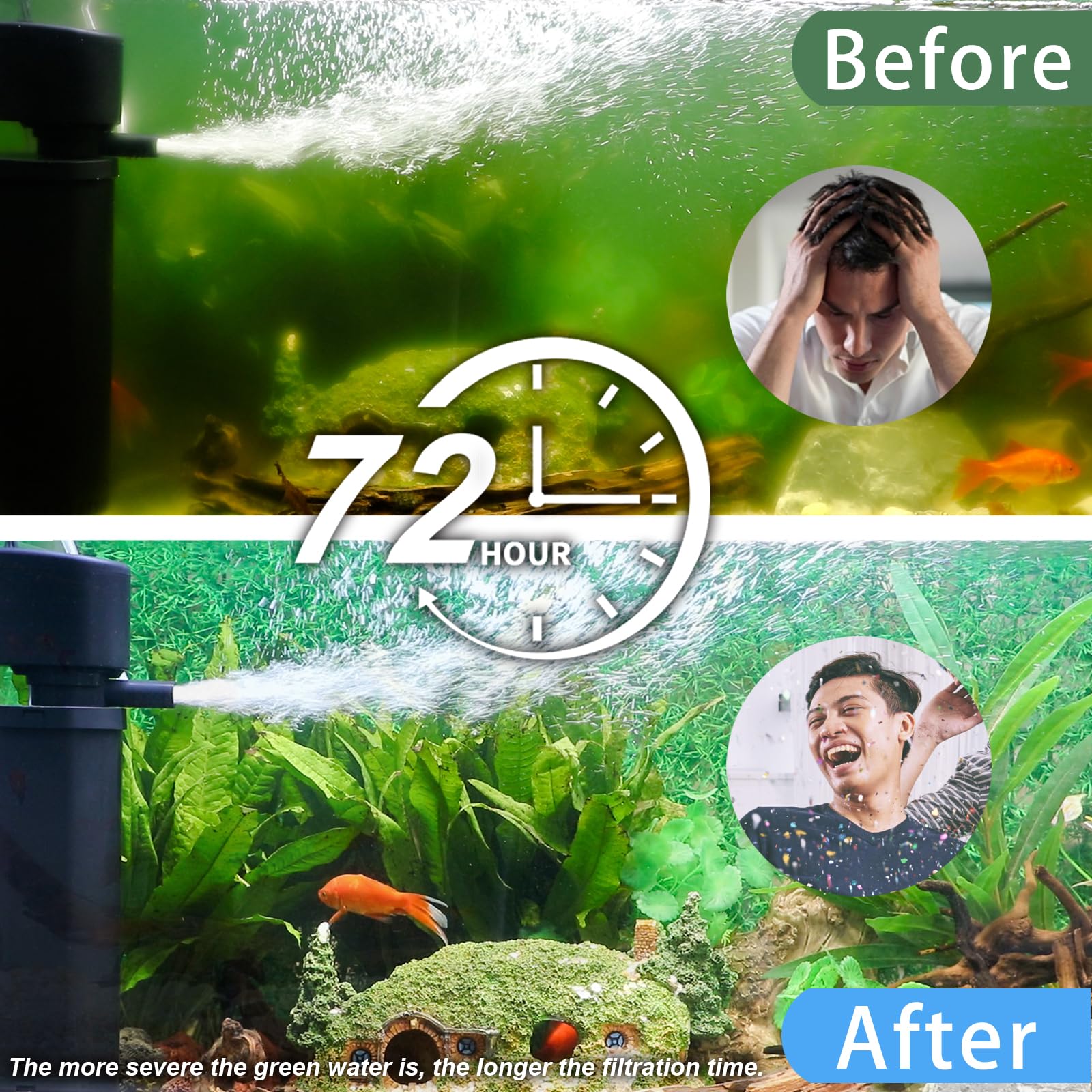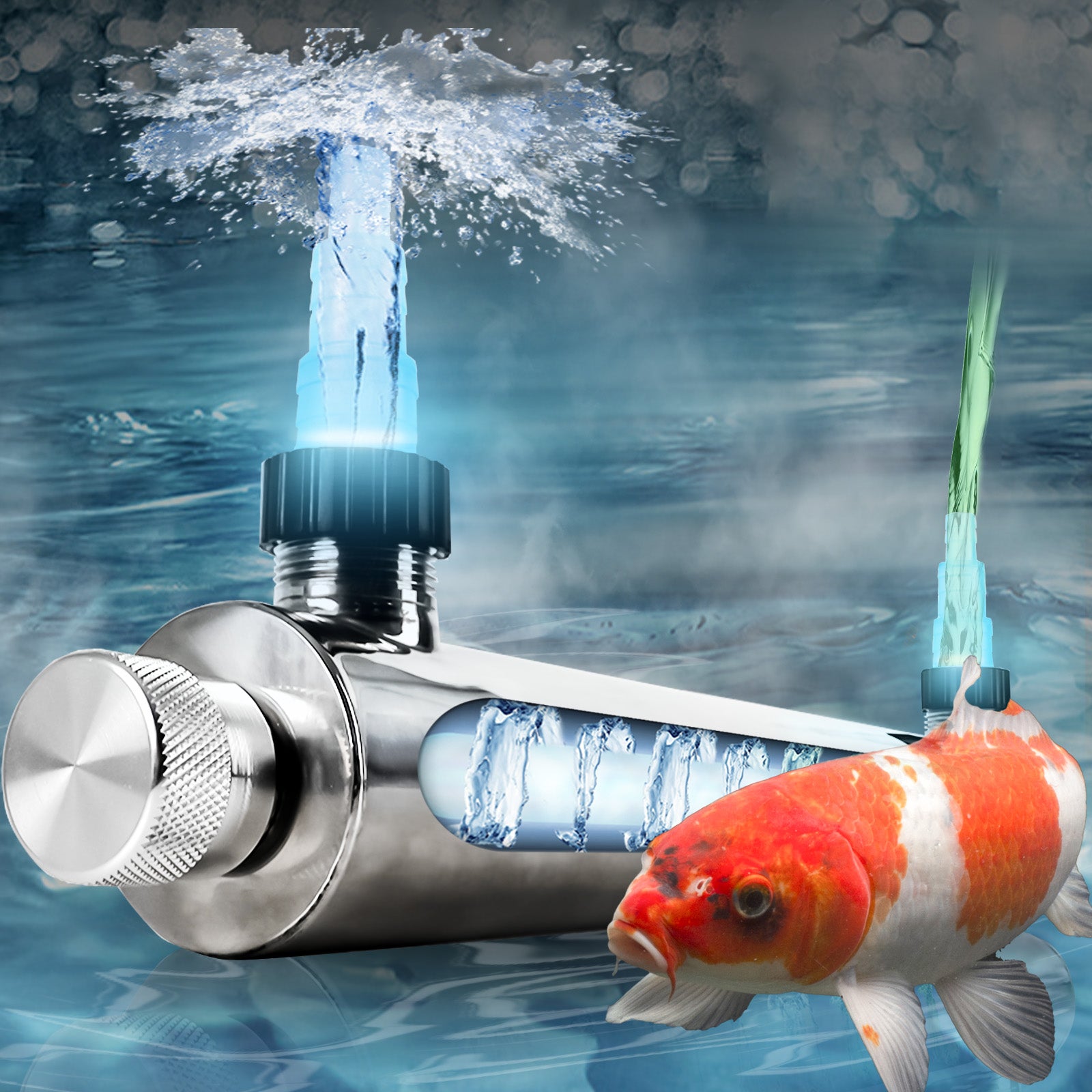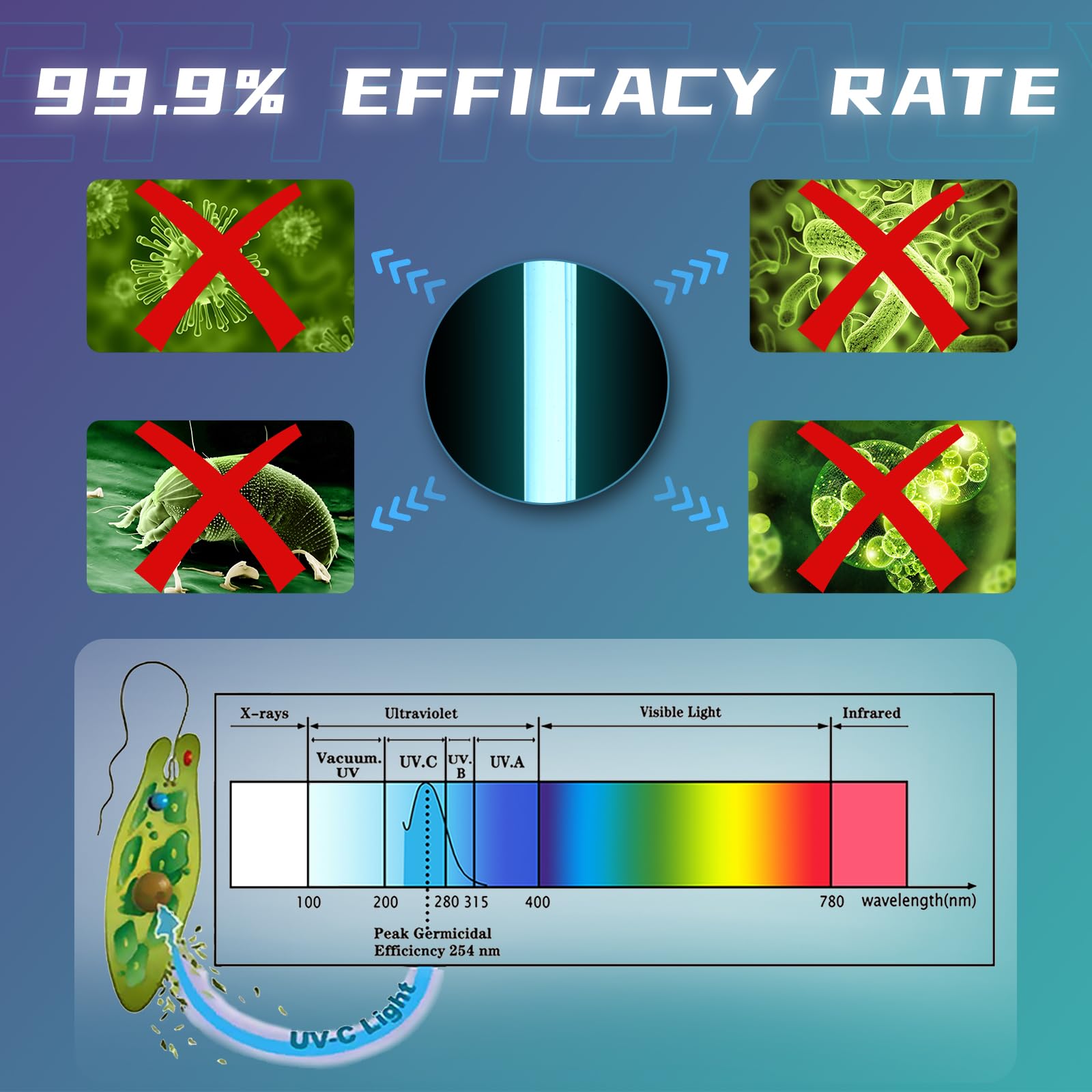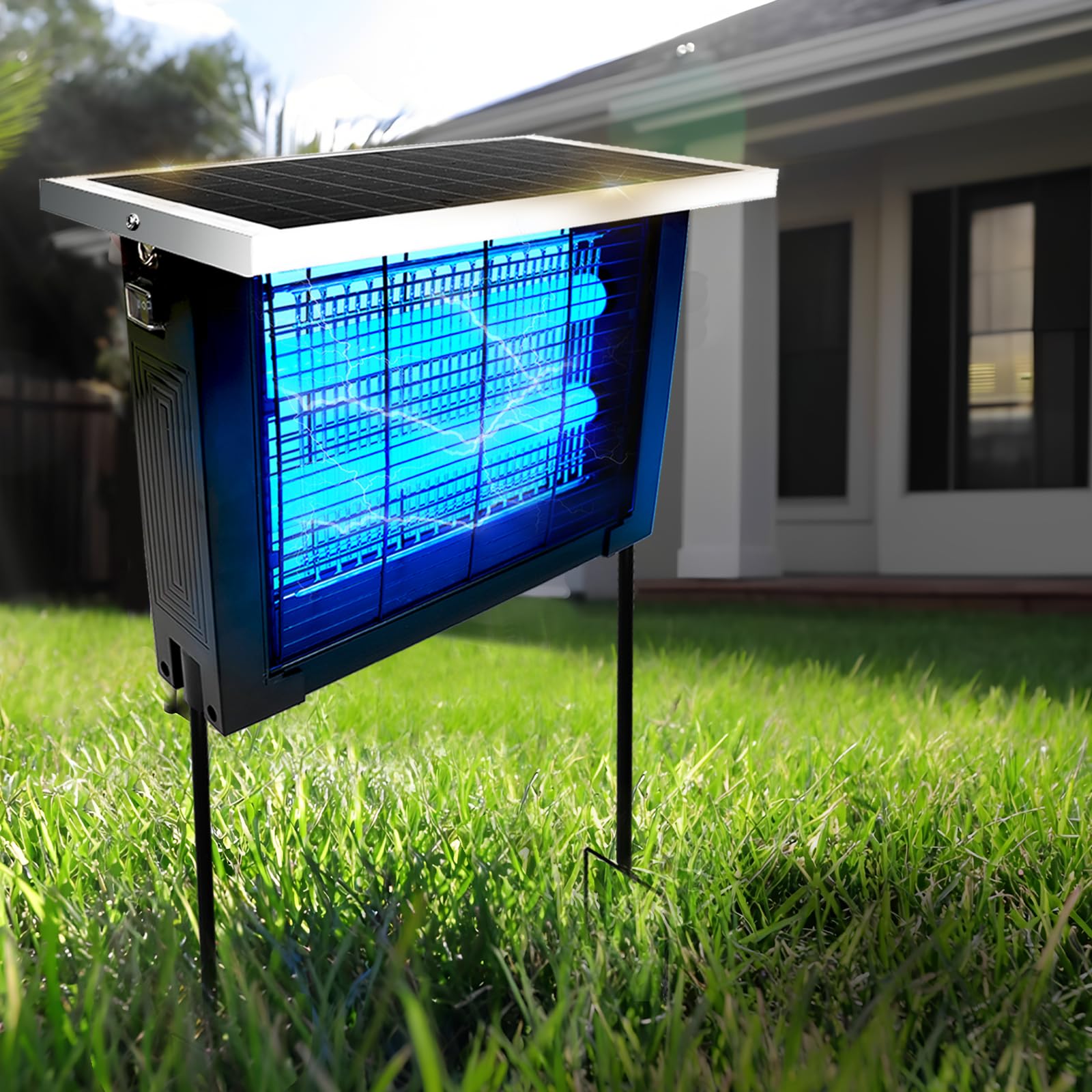Koi fishkeeping isn't just an art—it's a science of water chemistry. These living jewels can survive decades when provided with optimal water conditions, yet perish quickly when water parameters falter. Unlike typical aquarium fish, koi's large size, waste production, and sensitivity to environmental changes demand meticulous water management.
This definitive guide covers every water quality factor affecting koi health, including:
🔬 The nitrogen cycle's critical role (and how to maintain balance)
💧 Oxygen requirements at different temperatures
📊 Ideal parameter ranges with seasonal adjustments
⚗️ Water testing protocols professional breeders use
🚨 Emergency water crisis solutions
Whether you're building your first pond or maintaining a championship-quality water garden, this 6,000-word manual provides the water wisdom every koi keeper needs.
Section 1: The Foundation - Understanding Koi's Biological Needs
1.1 How Koi Physiology Relates to Water Quality
Koi possess:
- Three times more taste buds than humans (high chemical sensitivity)
- No stomachs (constant waste production)
- Slime coat pH receptors (detect minute pH changes)
- Temperature-dependent metabolisms (oxygen needs vary dramatically)
Key Insight: Koi don't live in water—they breathe it. Their gills process 10 gallons/hour of water per pound of body weight.
1.2 The Goldilocks Principle of Koi Water
| Parameter | Too Low | Ideal Range | Too High |
|---|---|---|---|
| Temperature | <50°F (stunted growth) | 65-75°F | >85°F (heat stress) |
| pH | <6.5 (acid burns) | 7.0-8.5 | >9.0 (alkaline toxicity) |
| Dissolved O₂ | <5 mg/L (gasping) | 6-10 mg/L | >12 mg/L (gas bubble disease) |
| Ammonia | 0 ppm | 0 ppm | >0.25 ppm (lethal) |
| Nitrite | 0 ppm | 0 ppm | >0.5 ppm (blood poisoning) |
| Nitrate | <40 ppm | 40-60 ppm | >80 ppm (long-term damage) |
| KH | <80 ppm (pH crashes) | 100-200 ppm | >300 ppm (scale issues) |
| GH | <100 ppm (soft water stress) | 150-300 ppm | >400 ppm (kidney strain) |
Section 2: The Nitrogen Cycle - Engine of Your Pond's Ecosystem
2.1 The Three-Phase Waste Processing System
-
Ammonia Phase (Most Toxic)
- Fish waste → NH₃/NH₄⁺
- Dangerous above 0.25 ppm
- Detected by chemical tests
-
Nitrite Phase (Still Deadly)
- Nitrosomonas bacteria convert NH₃ → NO₂⁻
- Binds hemoglobin (brown blood disease)
- Neutralized with salt at 0.1% concentration
-
Nitrate Phase (Controlled Toxicity)
- Nitrobacter bacteria convert NO₂⁻ → NO₃⁻
- Removed via plants/water changes
- Acceptable below 80 ppm
Pro Tip: Cycle new ponds using seeded filter media, not chemical "quick starts."
2.2 Biofilter Maintenance Secrets
- Surface Area Matters: 1 ft² biofilter media per 100 gallons
- Flow Rate: 1,000-1,500 GPH per 1,000 gallons
-
Cleaning Protocol:
- Rinse mechanical media weekly
- Never sterilize biological media
- Replace 1/3 media at a time
Section 3: Oxygen - The Invisible Lifeline
3.1 Oxygen Solubility Factors
| Temperature (°F) | Max O₂ (mg/L) |
|---|---|
| 50 | 11.3 |
| 60 | 10.2 |
| 70 | 9.1 |
| 80 | 8.2 |
| 90 | 7.4 |
Critical: Warm water holds less oxygen while increasing koi metabolism.
3.2 Aeration Strategies
For 1,000-Gallon Ponds:
- Minimum: 40 LPM air pump + 12" air stone
- Optimal: Waterfall + venturi + bottom diffusers
- Emergency: Powerhead pointed at surface
Signs of Hypoxia:
- Fish piping at surface
- Lethargy after feeding
- Reddened gills

Section 4: pH & Buffering - Stability Over Perfection
4.1 The Carbonate Buffer System
-
KH (Carbonate Hardness):
- Measures CO₃²⁻/HCO₃⁻ ions
- Acts as pH shock absorber
- Consumed at ~50 ppm/day in planted ponds
-
Natural pH Stabilizers:
- Crushed oyster shell (raises KH slowly)
- Peat moss (lowers pH gradually)
- Baking soda (emergency KH boost)
Warning: Never adjust pH more than 0.5 units per day.
Section 5: Advanced Water Quality Management
5.1 Seasonal Parameter Shifts
Spring:
- Monitor ammonia spikes from winter die-off
- Gradually increase feeding as temps rise
- Test weekly during biological filter wake-up
Summer:
- Increase aeration during heat waves
- Control algae with UV sterilizers
- Partial water changes to dilute nitrates
Fall:
- Switch to wheat-germ food below 60°F
- Net out leaves to prevent tannins
- Prep heaters for winter
Winter:
- Keep hole in ice for gas exchange
- Stop feeding below 50°F
- Use pond de-icer, not hammer!
5.2 Water Change Protocols
- Routine: 10-20% weekly (matched temperature/pH)
- Emergency: 50% max with dechlorinator
-
Method:
- Pump from bottom (waste removal)
- Add new water slowly
- Retest after 4 hours
Section 6: Water Testing Like a Pro
6.1 Essential Test Kits
-
Liquid Test Kits (More accurate than strips)
- API Freshwater Master Kit (ammonia/nitrite/nitrate/pH)
- KH/GH Test Kit
-
Digital Meters
- Dissolved oxygen probe
- TDS (Total Dissolved Solids) meter
-
Specialty Tests
- Phosphate (algae control)
- Chlorine/chloramine (tap water checks)
6.2 Testing Frequency
| Situation | Ammonia/Nitrite | Nitrate | pH/KH | Full Panel |
|---|---|---|---|---|
| New Pond | Daily | Weekly | Weekly | Monthly |
| Established | Weekly | Biweekly | Monthly | Quarterly |
| Problem | Every 48 hrs | With ammonia | With ammonia | Immediately |
Section 7: Solving Common Water Crises
7.1 Emergency Response Chart
| Problem | Immediate Action | Follow-Up |
|---|---|---|
| Ammonia Spike | 50% water change + Prime | Check filter, reduce feeding |
| Low Oxygen | Add aeration, reduce temp | Clean filters, thin plants |
| pH Crash | Add 1 cup baking soda/1,000 gal | Test KH, add limestone |
| Green Water | UV sterilizer + blackout | Address phosphate sources |
| Disease Outbreak | Salt to 0.3% | Review all parameters |
Conclusion: The Koi Keeper's Water Mantra
Master koi water quality by remembering:
- Test first - Never guess water conditions
- Stability beats "perfect" numbers - Gradual changes only
- Oxygen is life - Over-aerate rather than under
- The filter is sacred - Maintain religiously
- Prevention over treatment - Most illnesses trace to water issues
Your Action Plan:
- Inventory your current test kits
- Schedule weekly parameter checks
- Map your pond's seasonal needs
- Prepare emergency water treatments
By honoring these water principles, your koi will reward you with decades of vibrant health and breathtaking beauty.
What's your most persistent water quality challenge? Share below!
